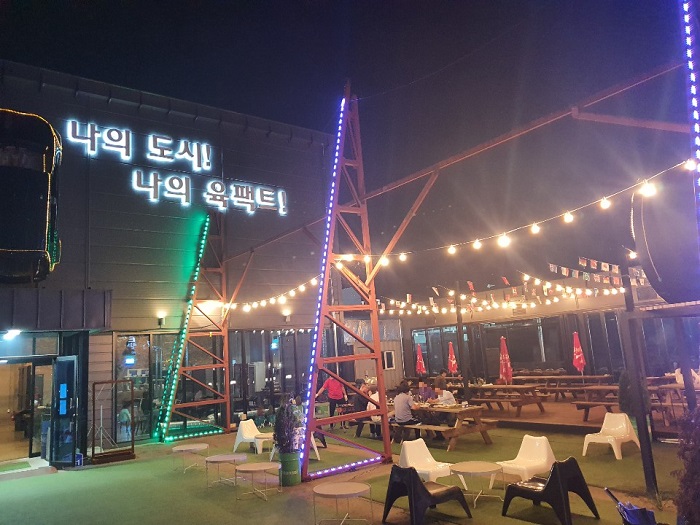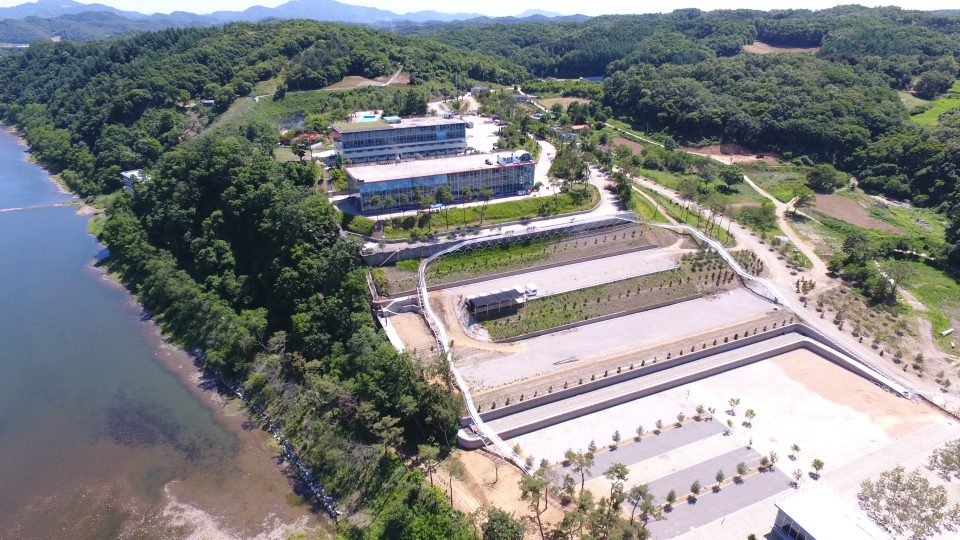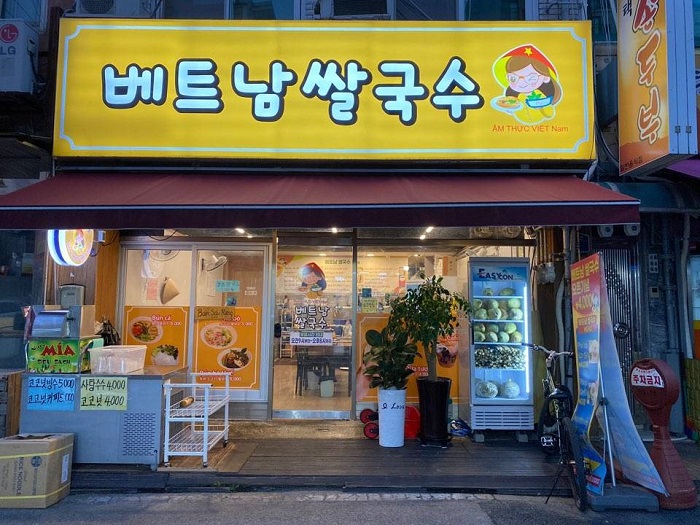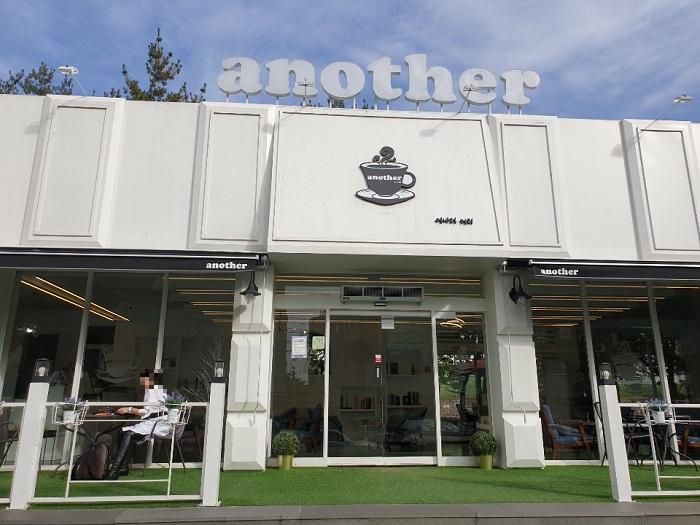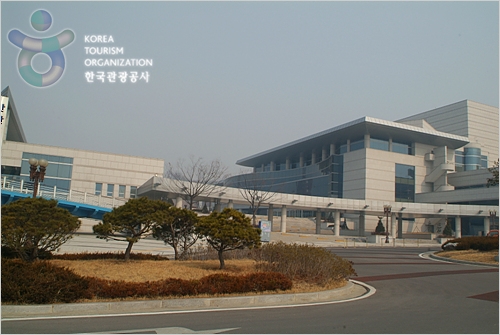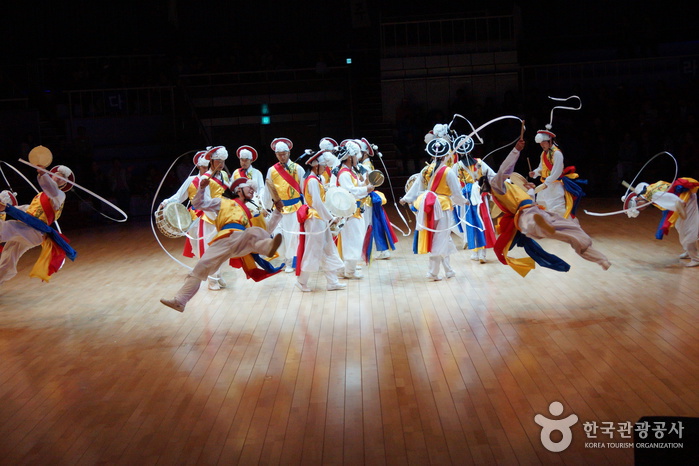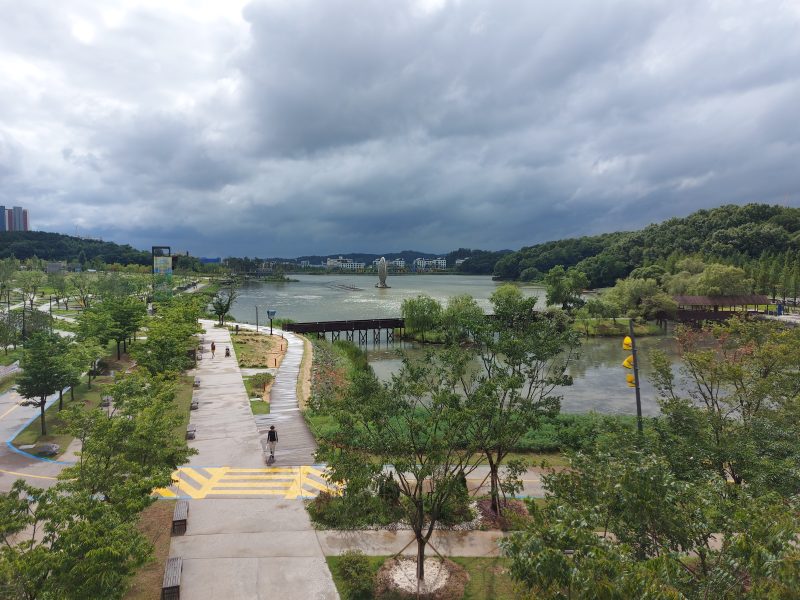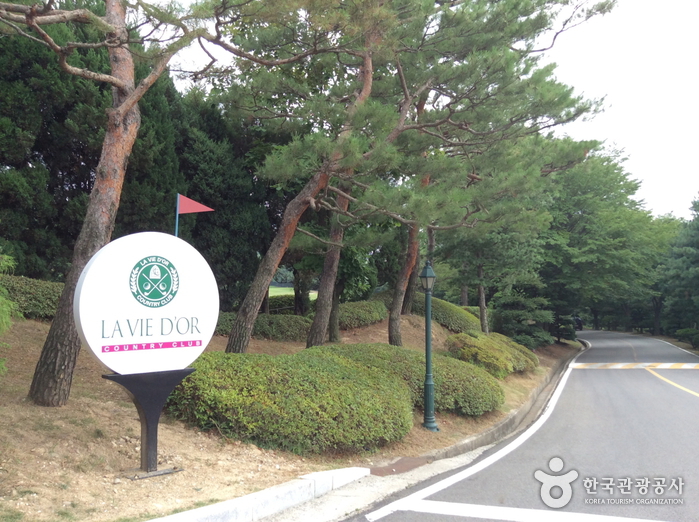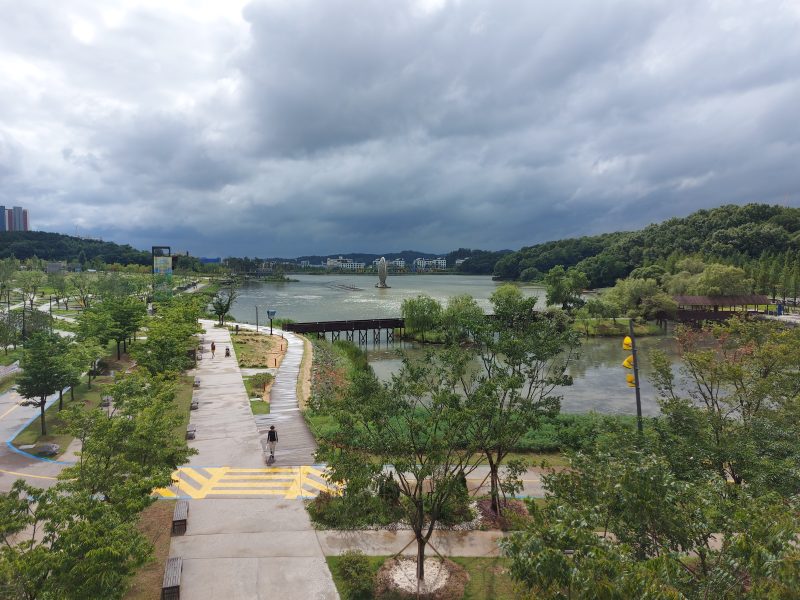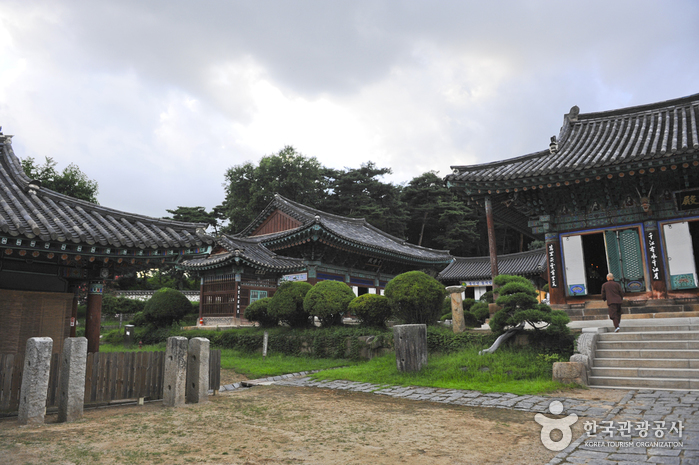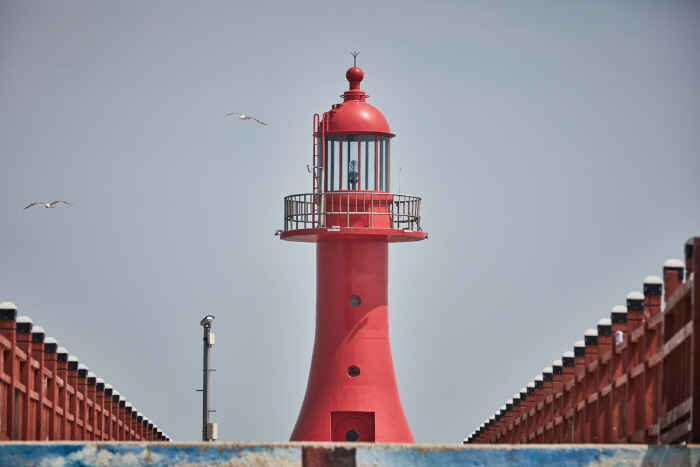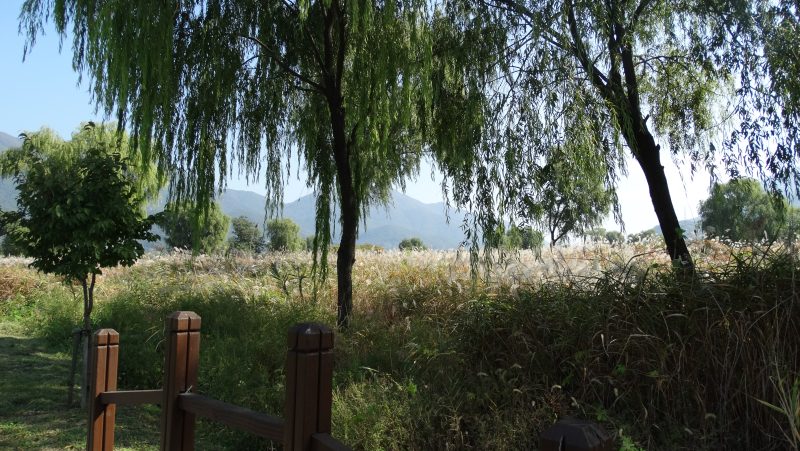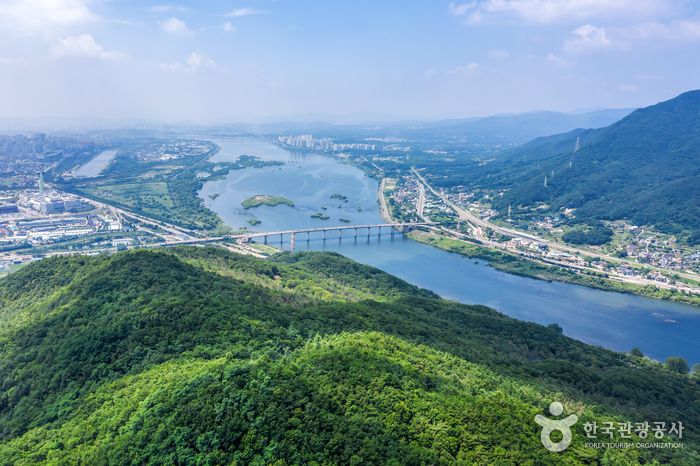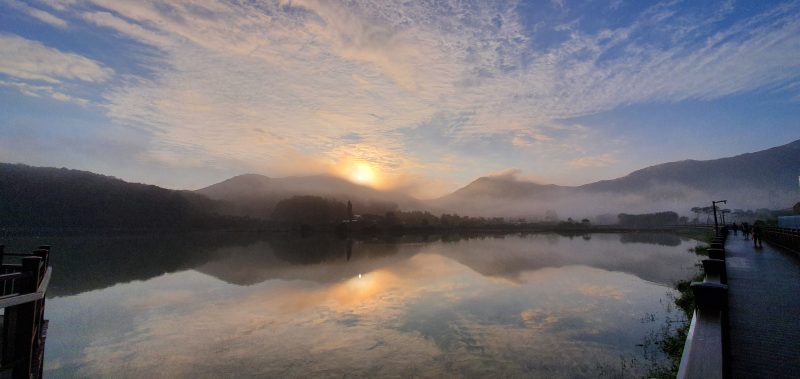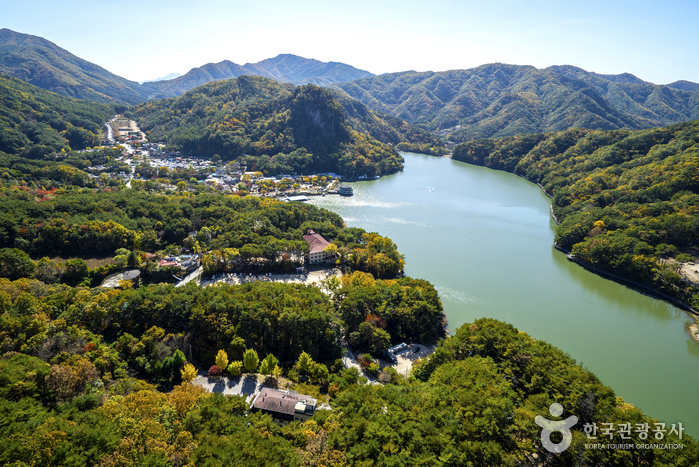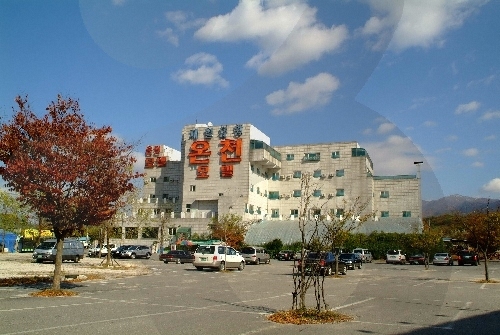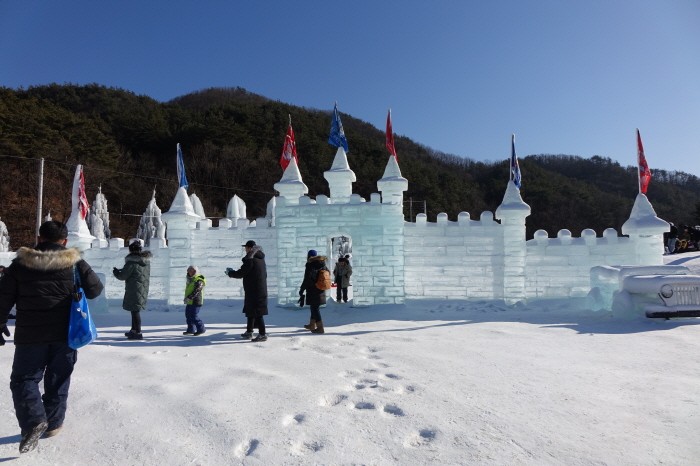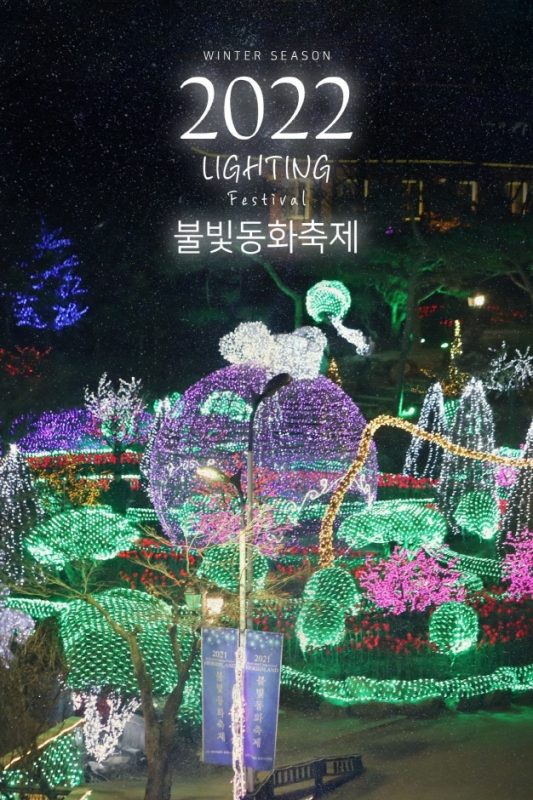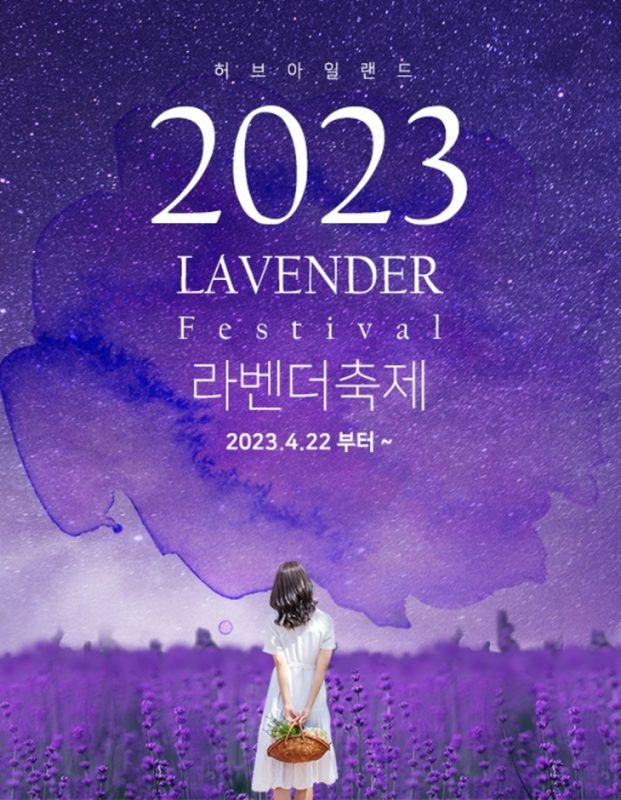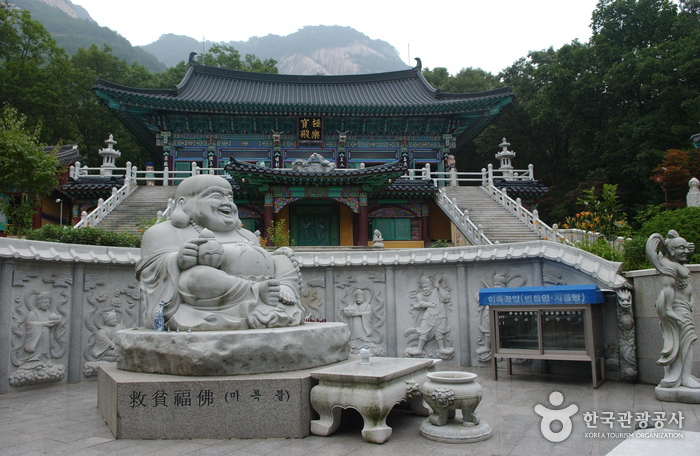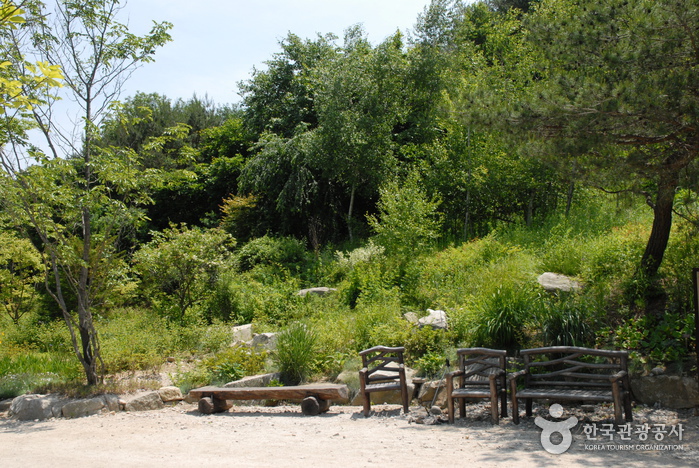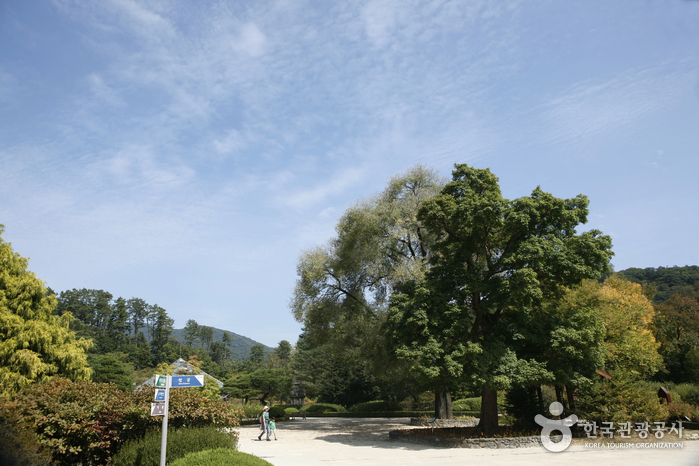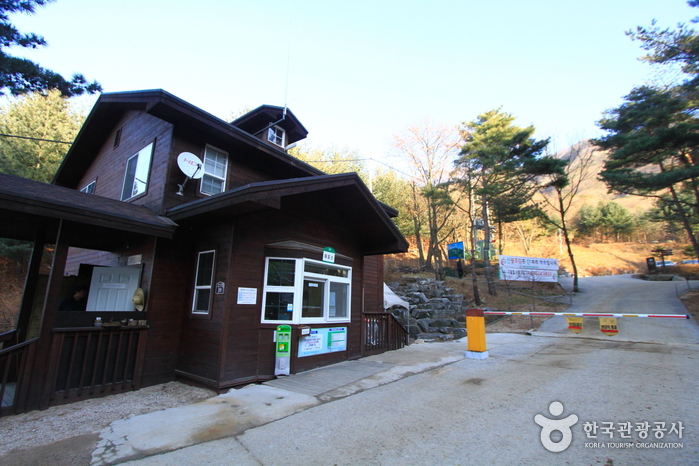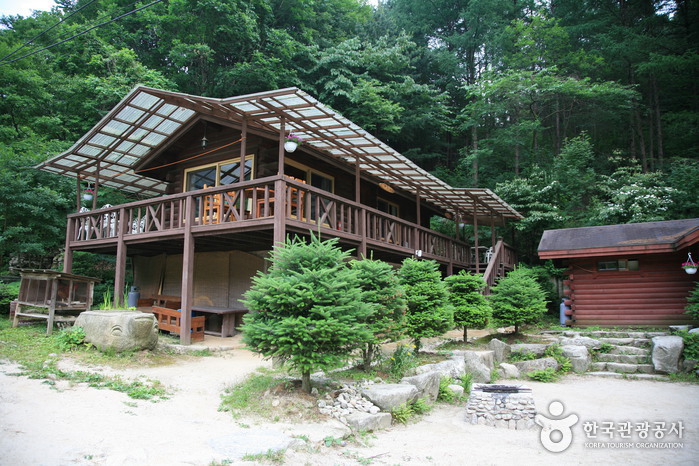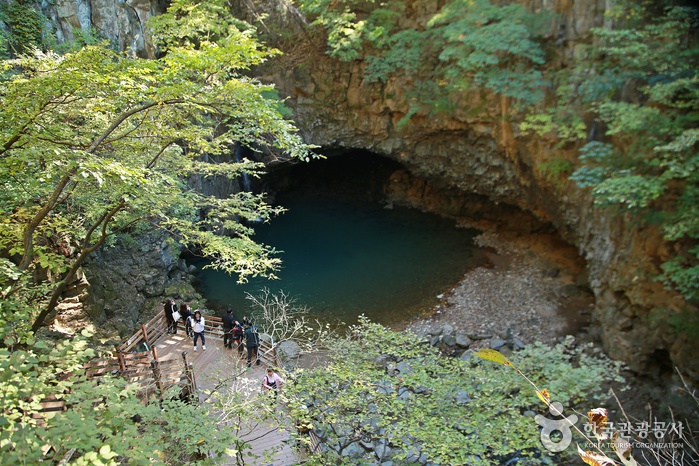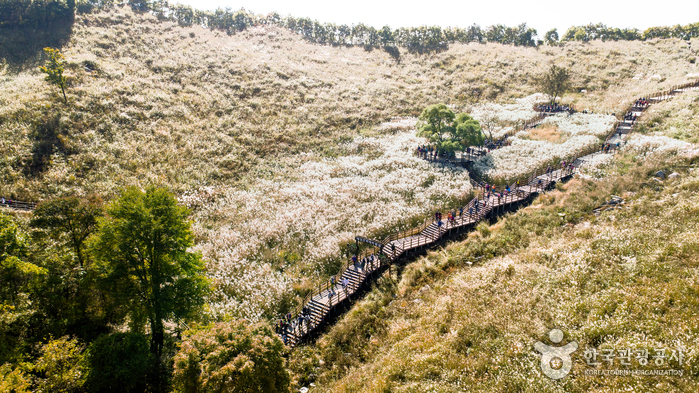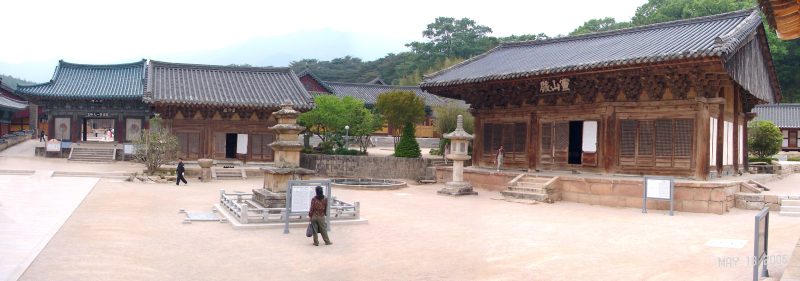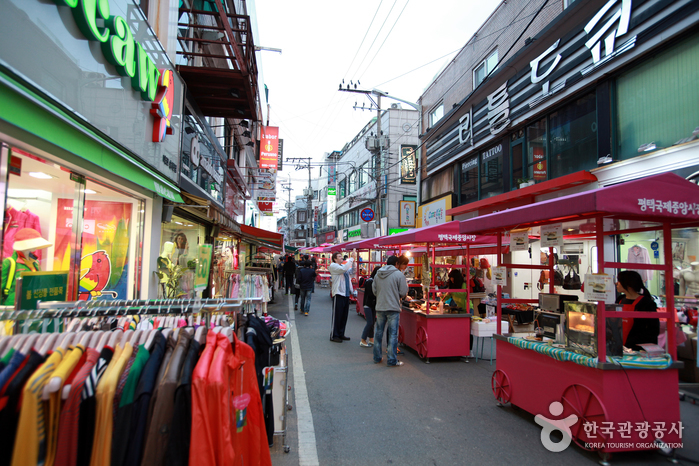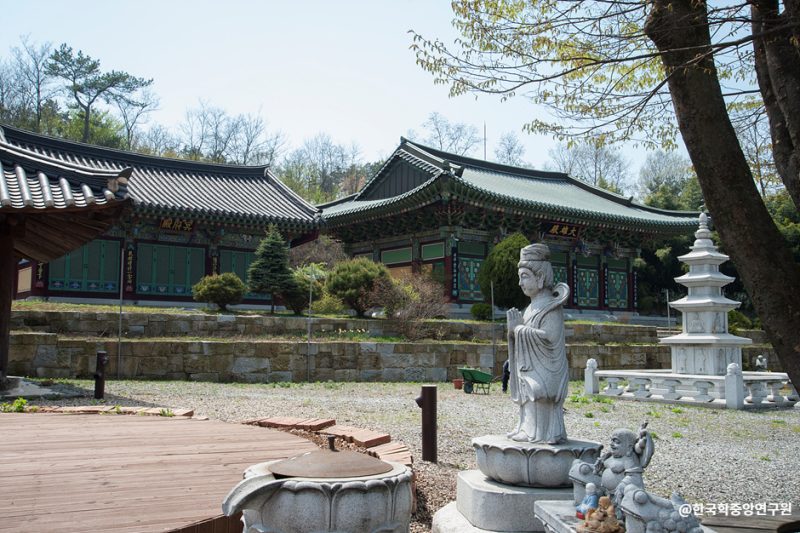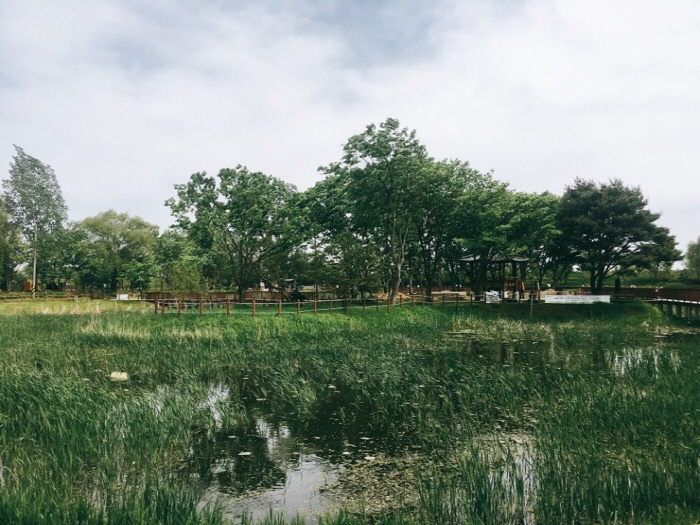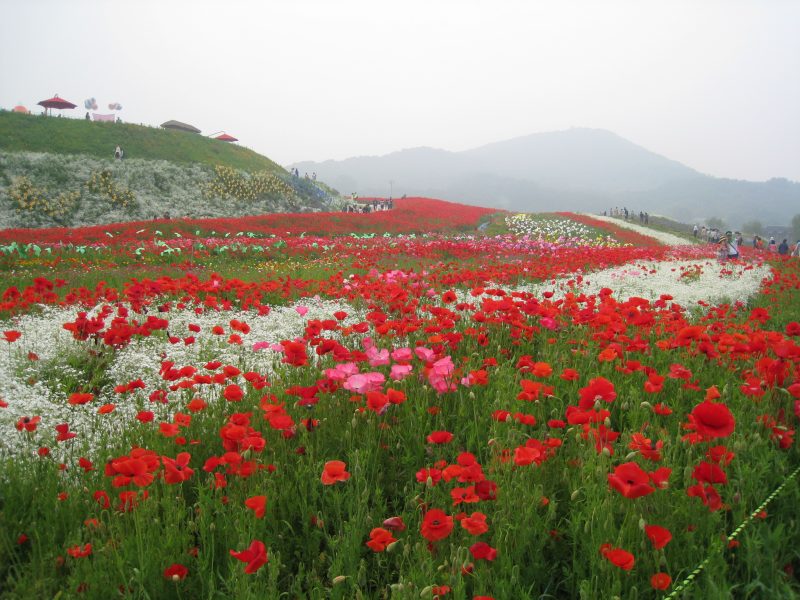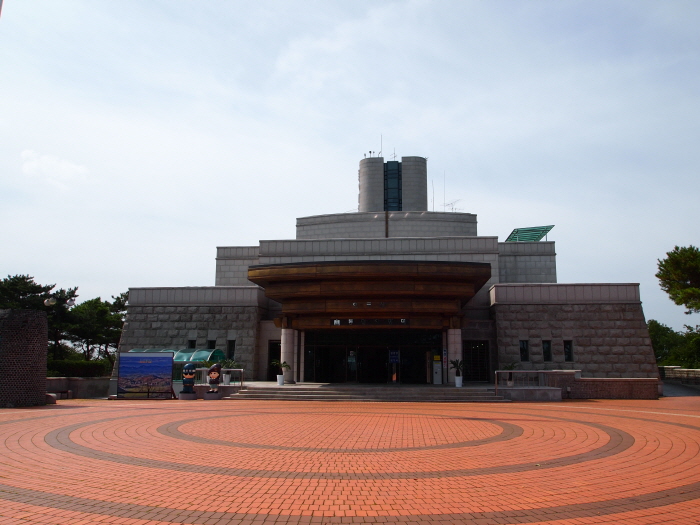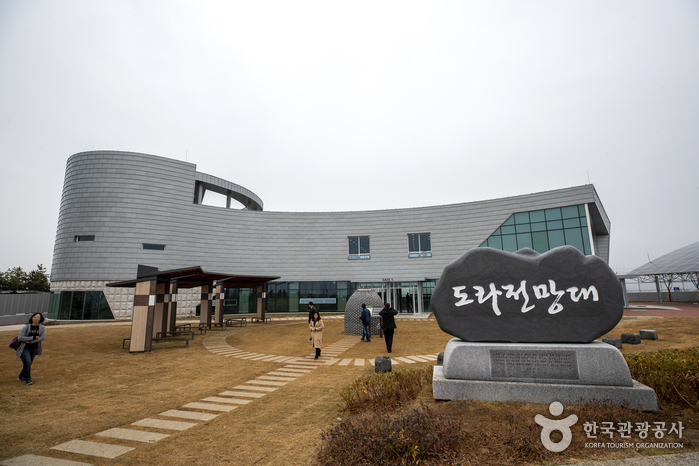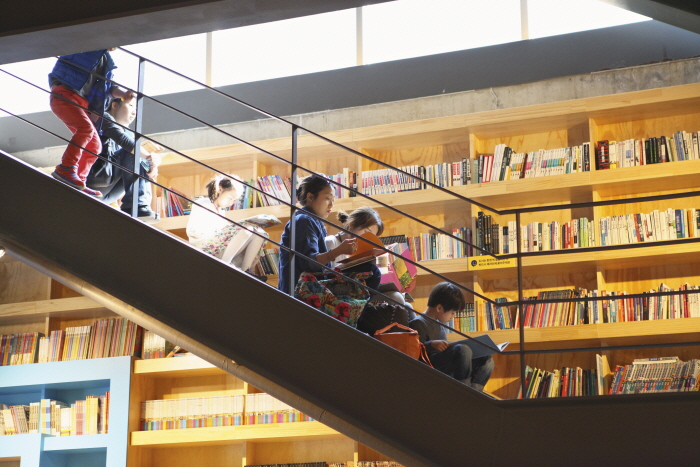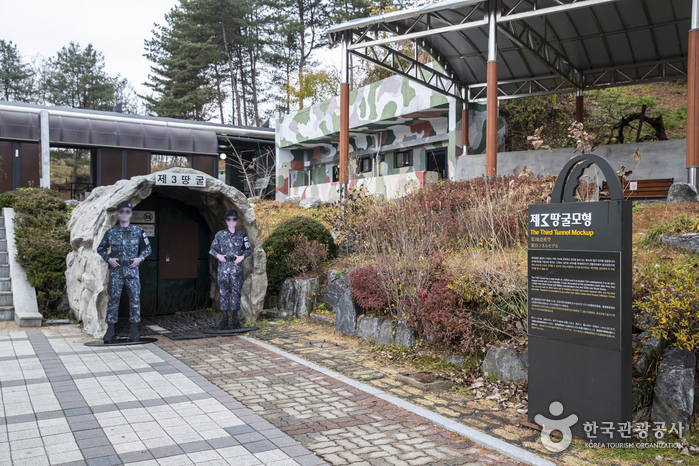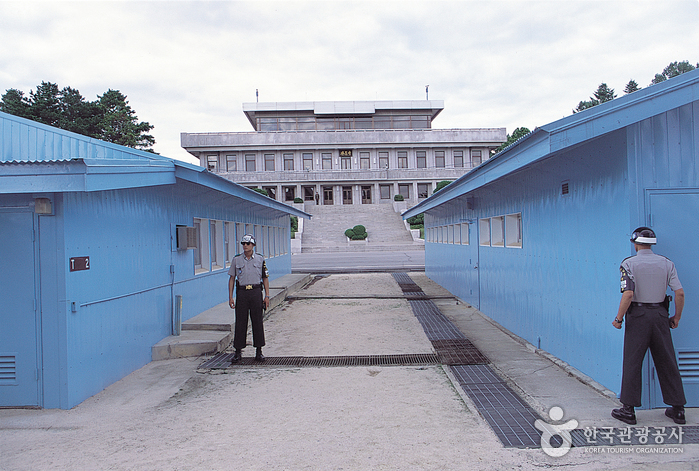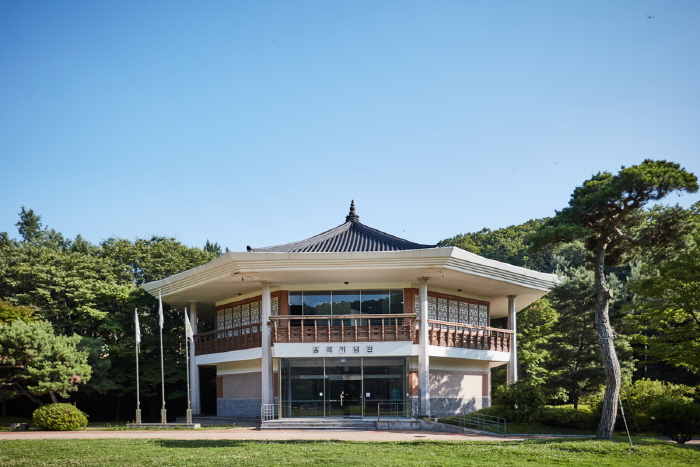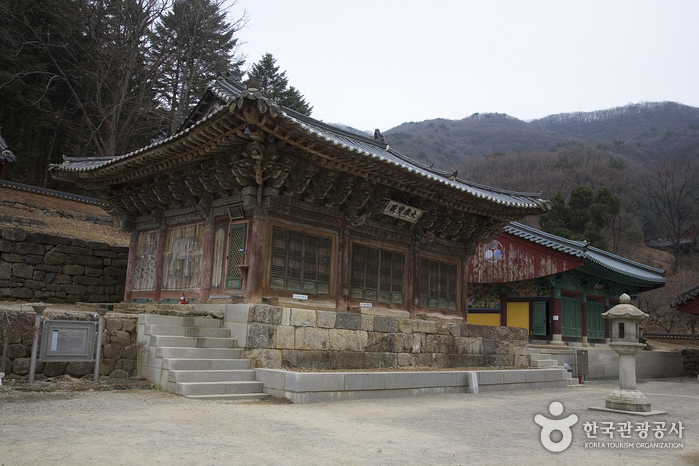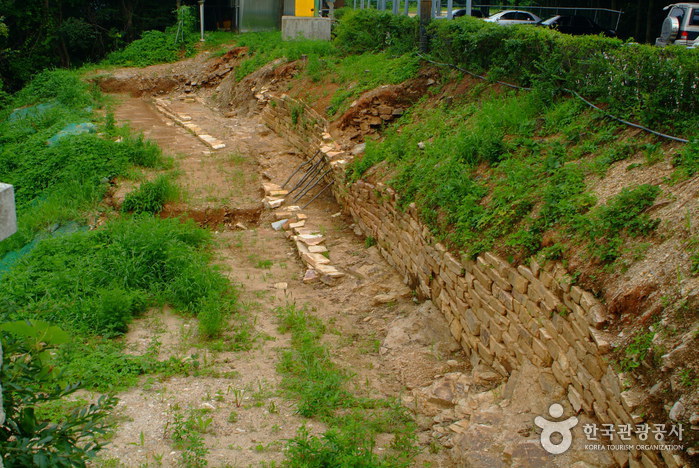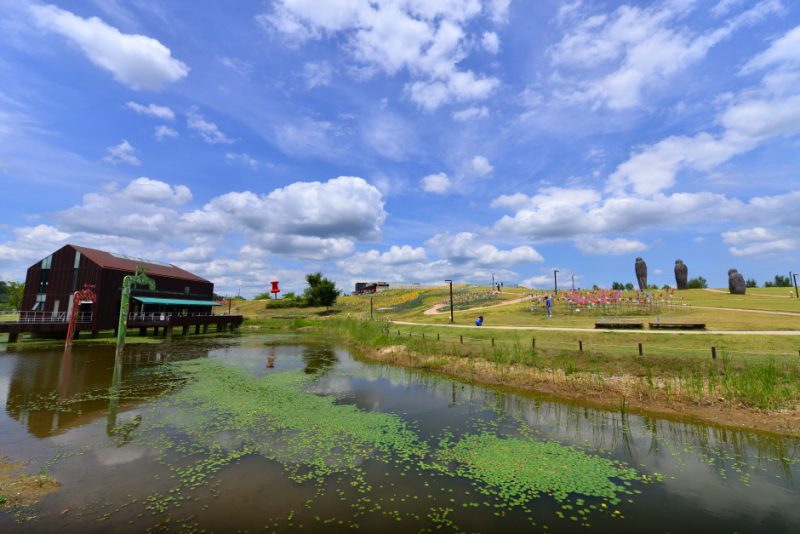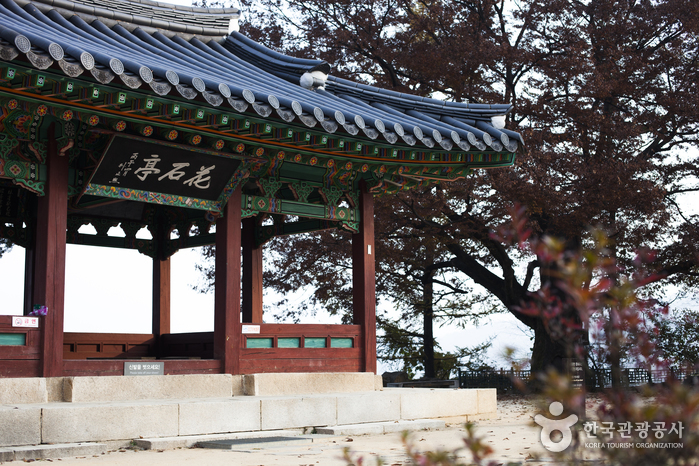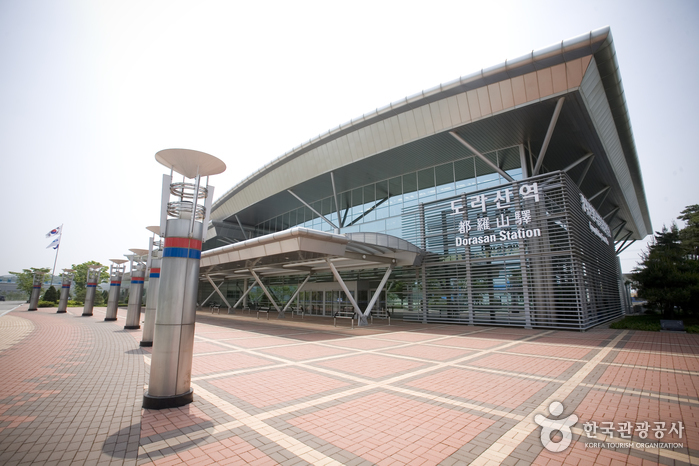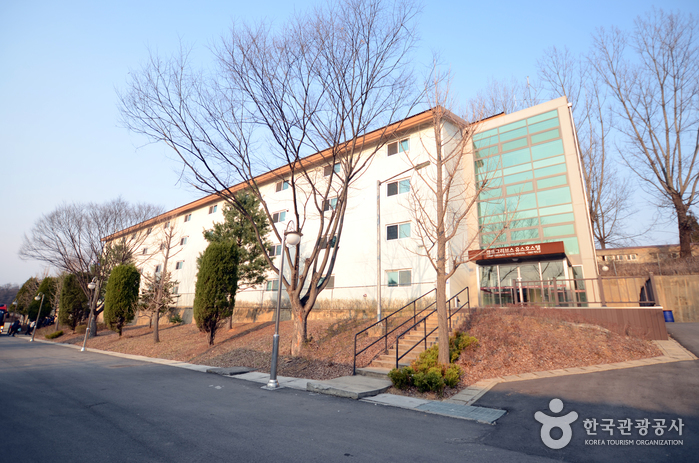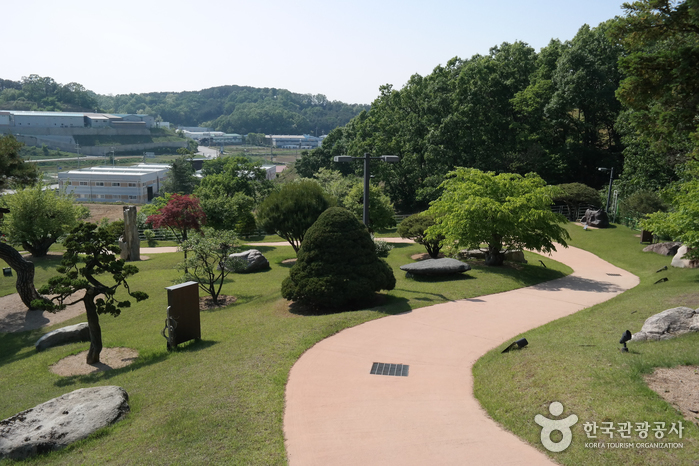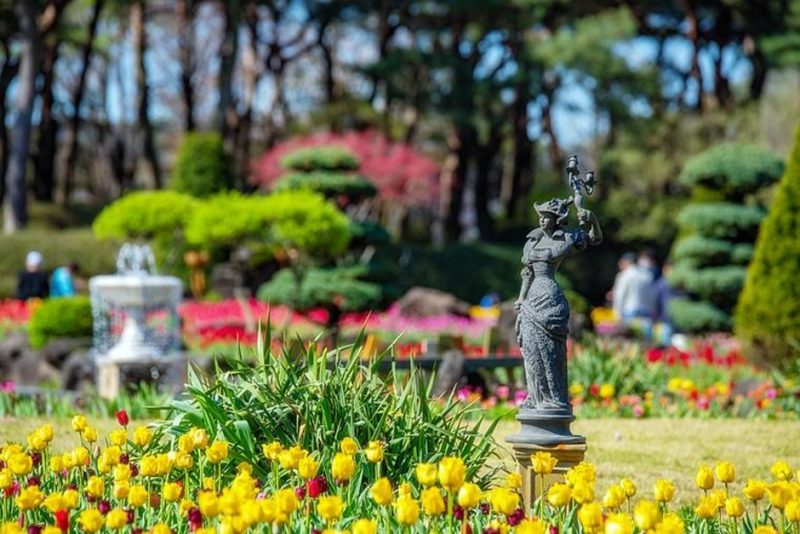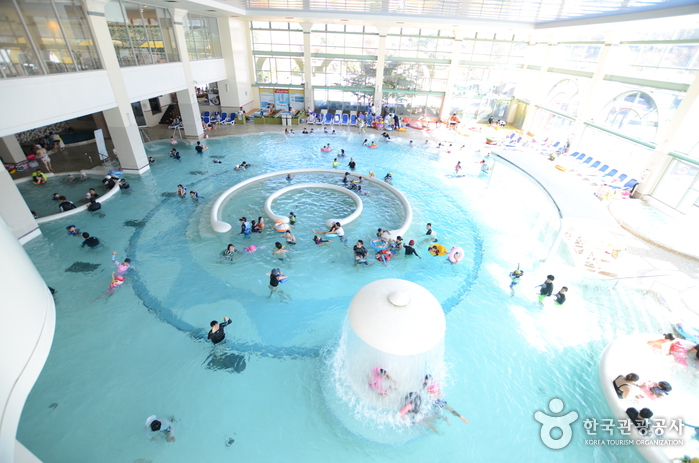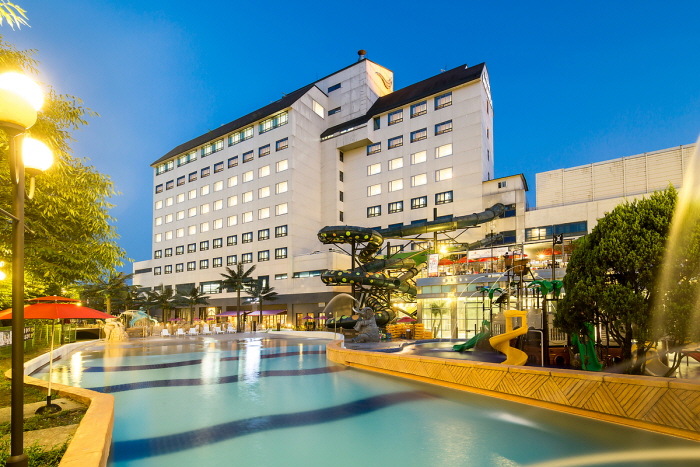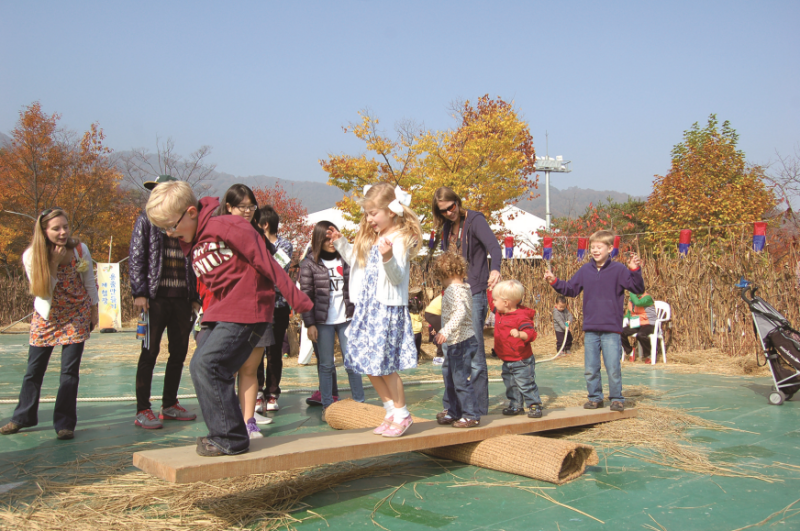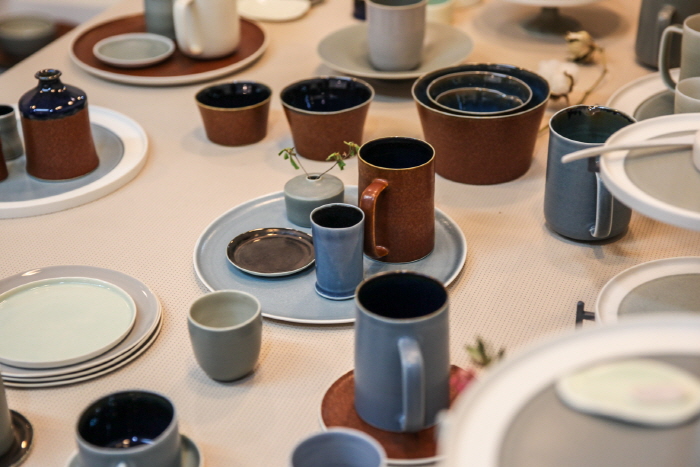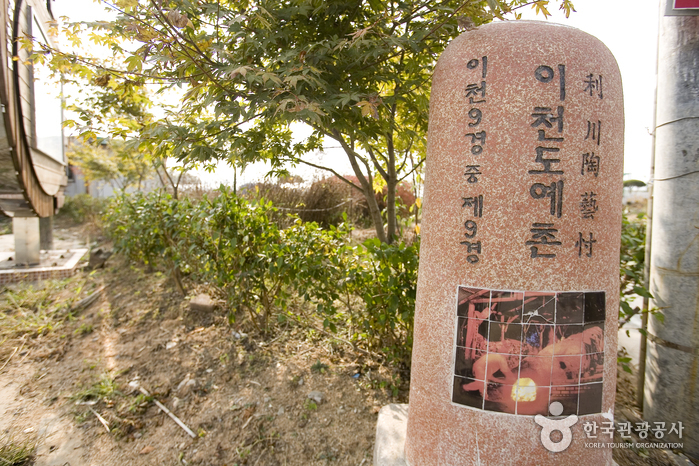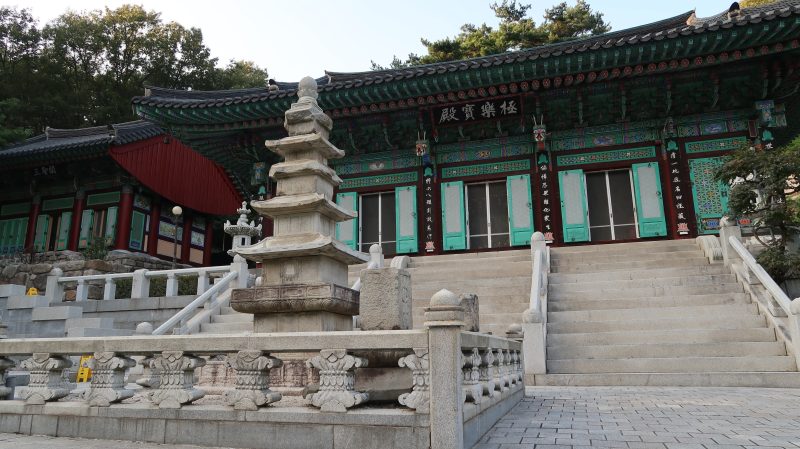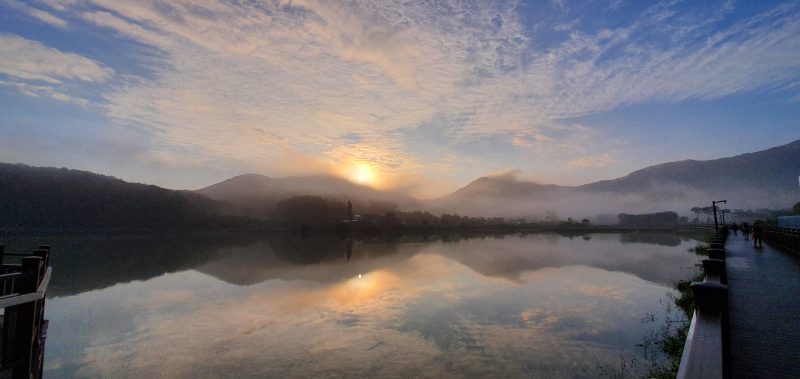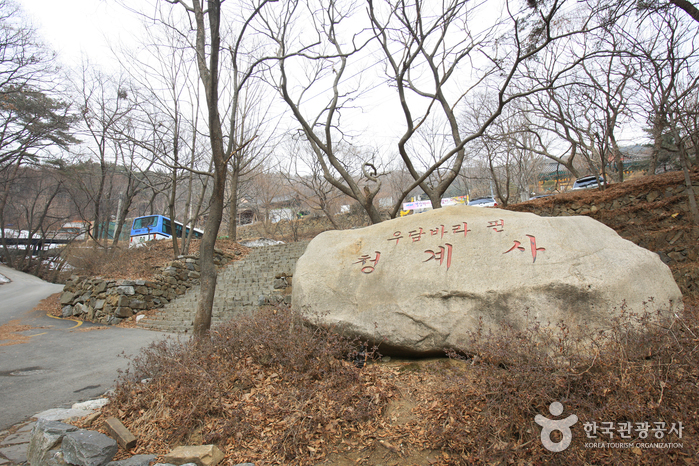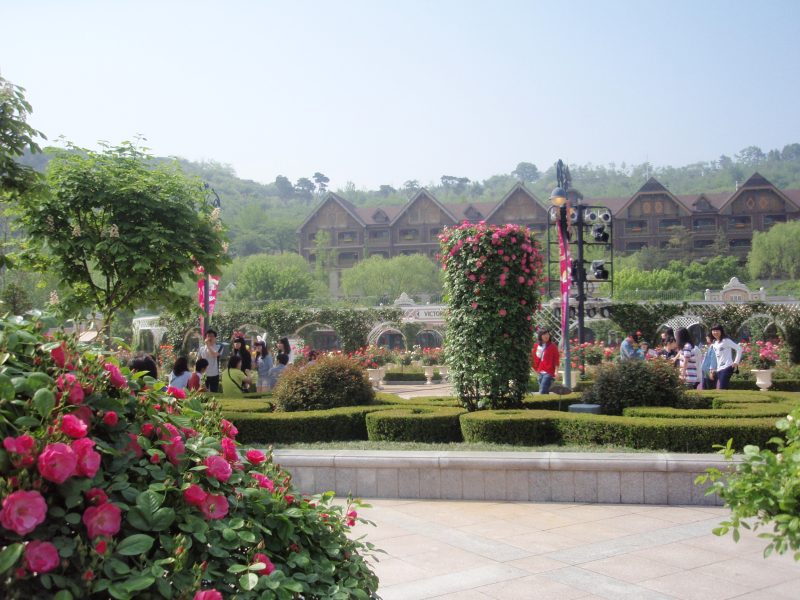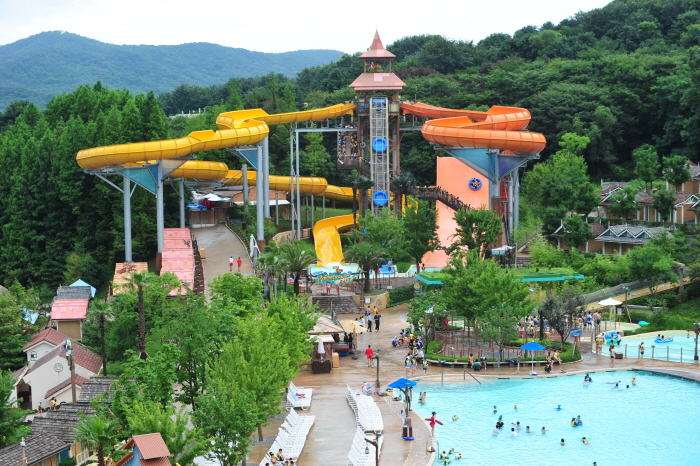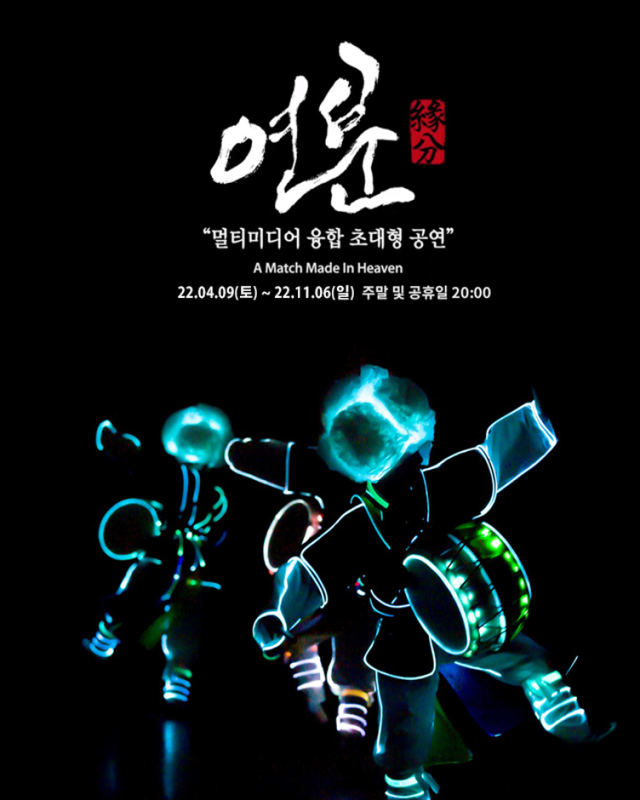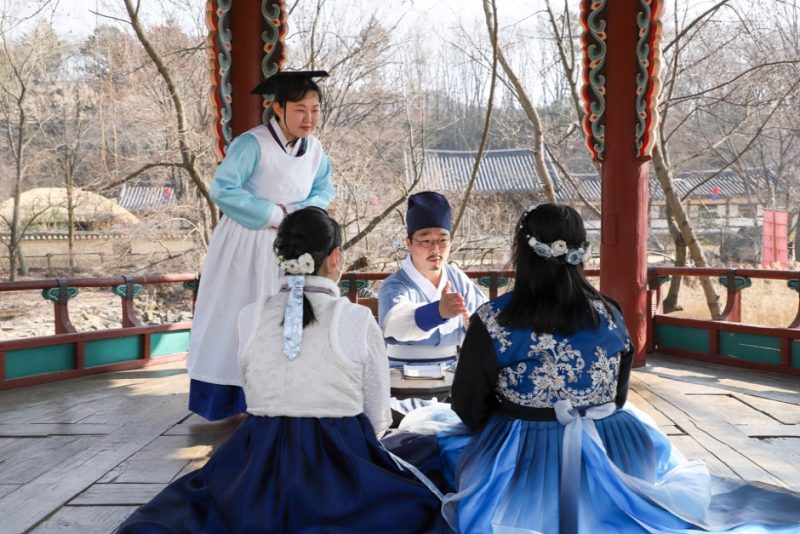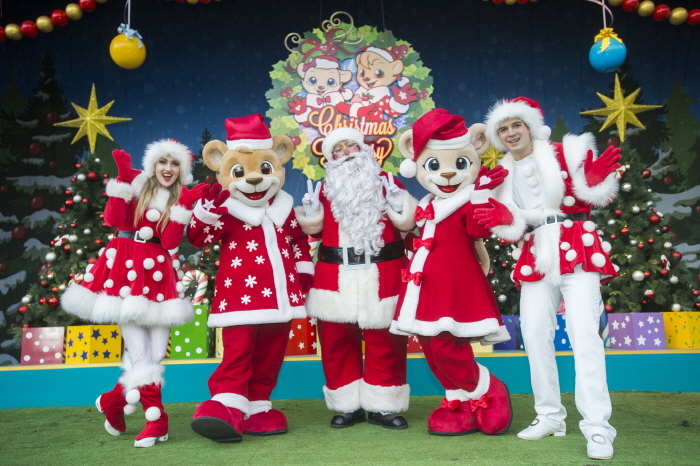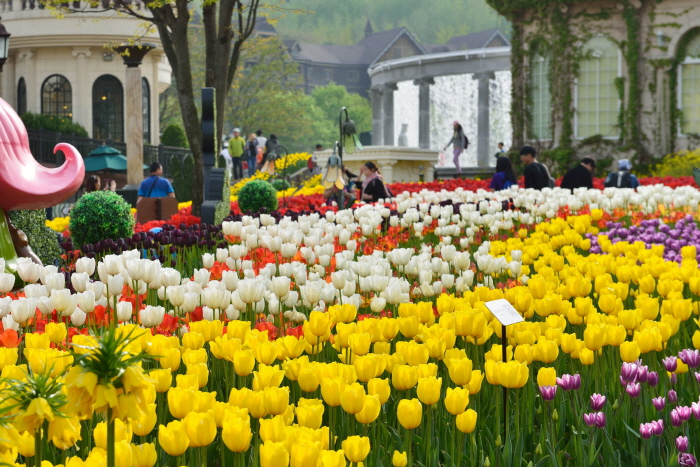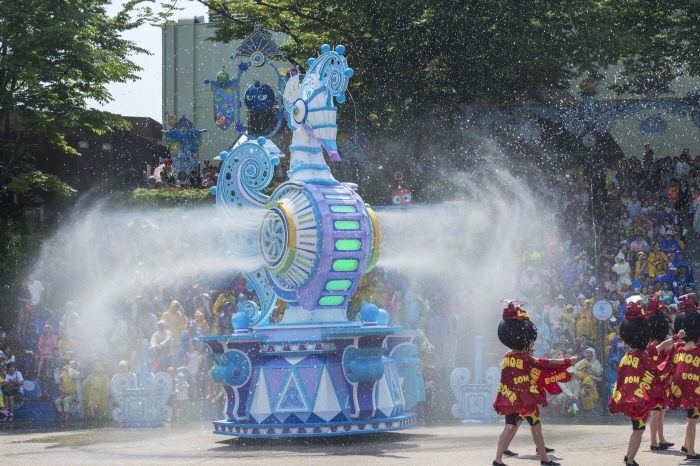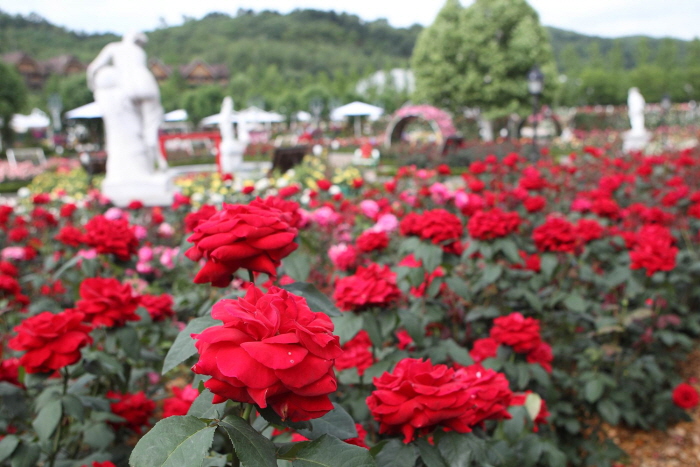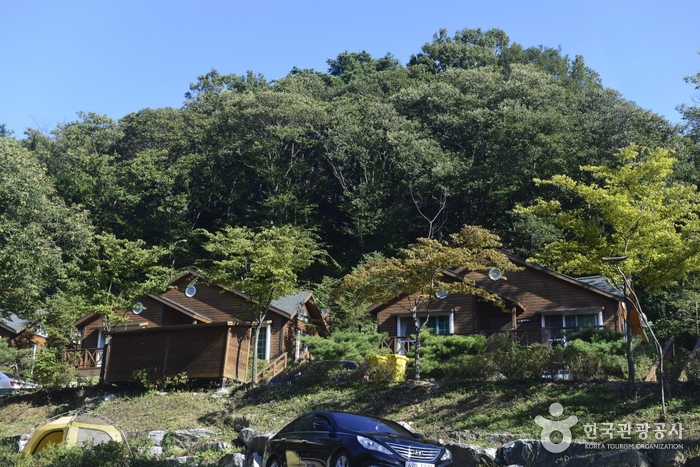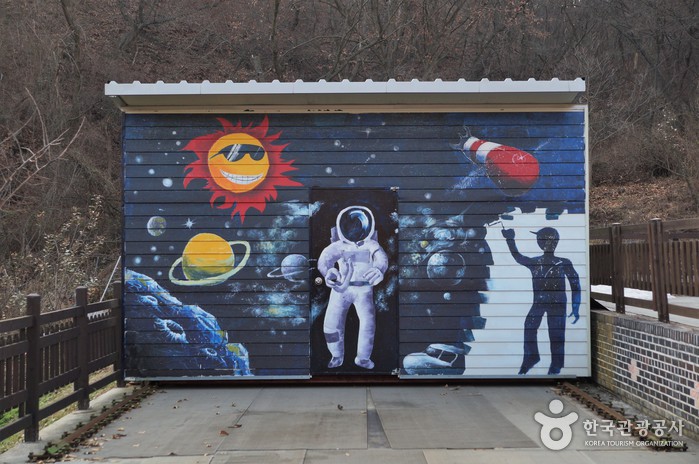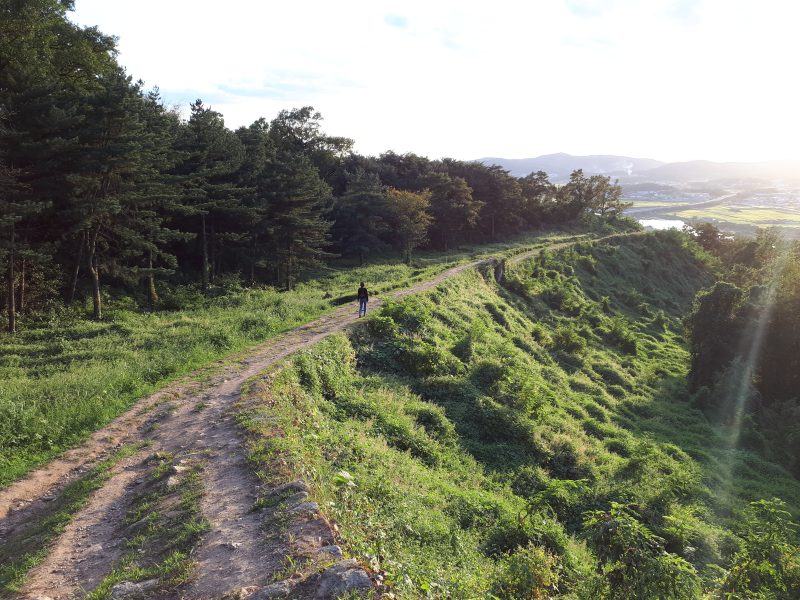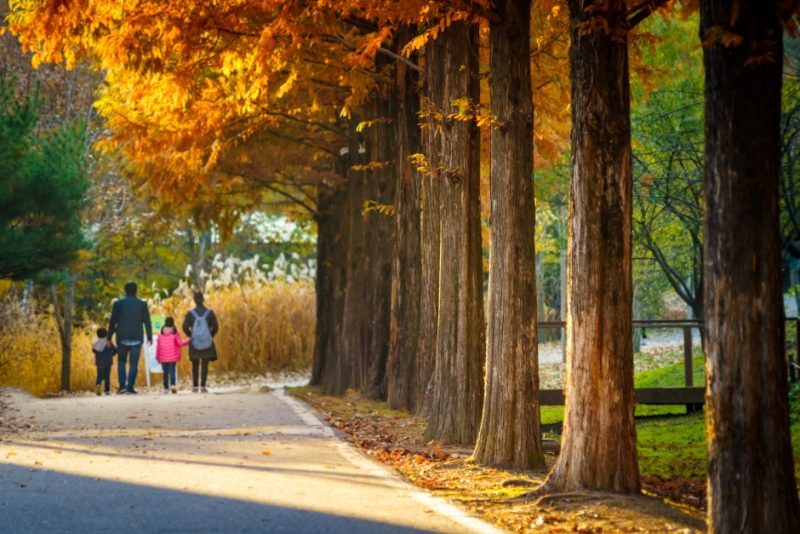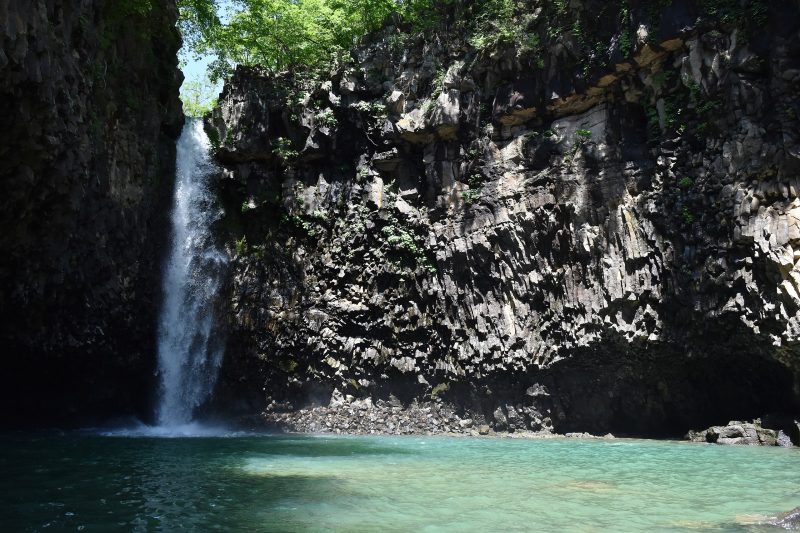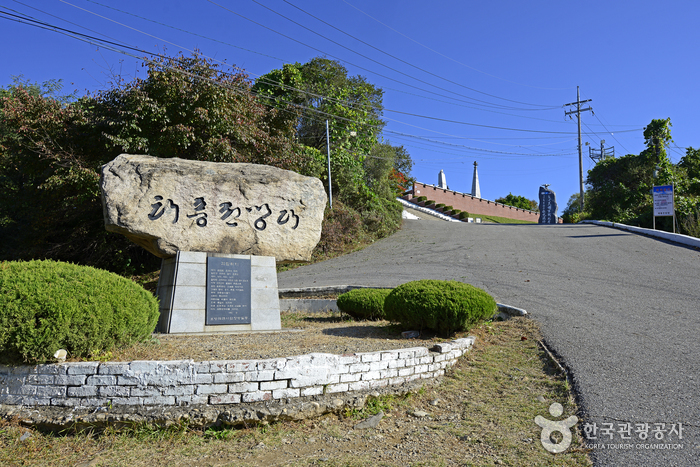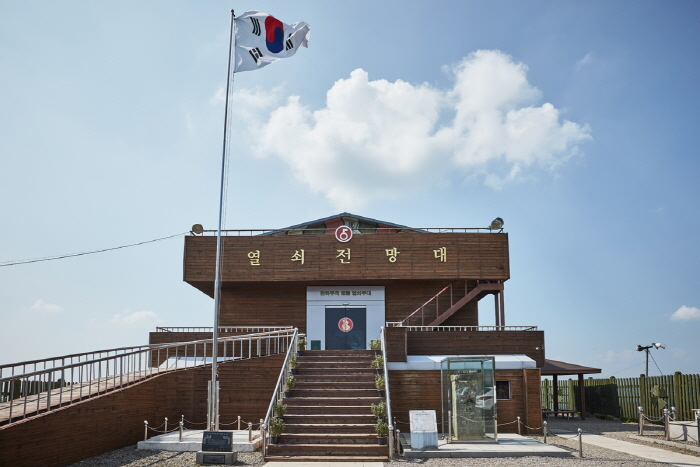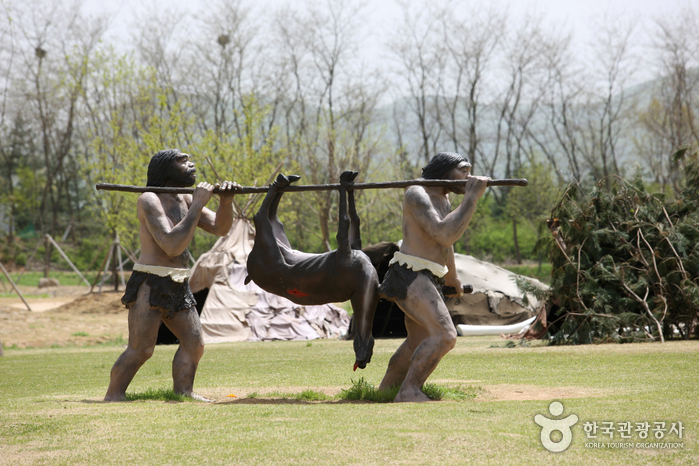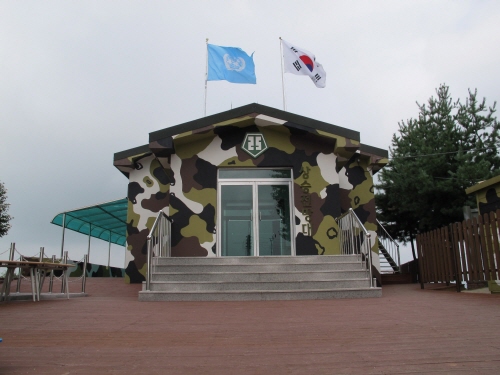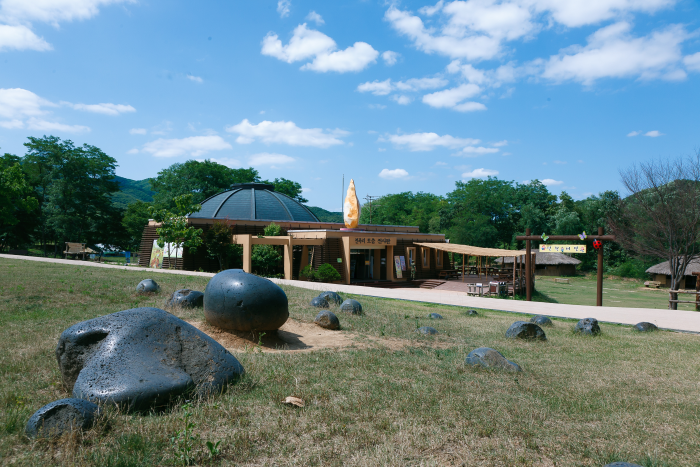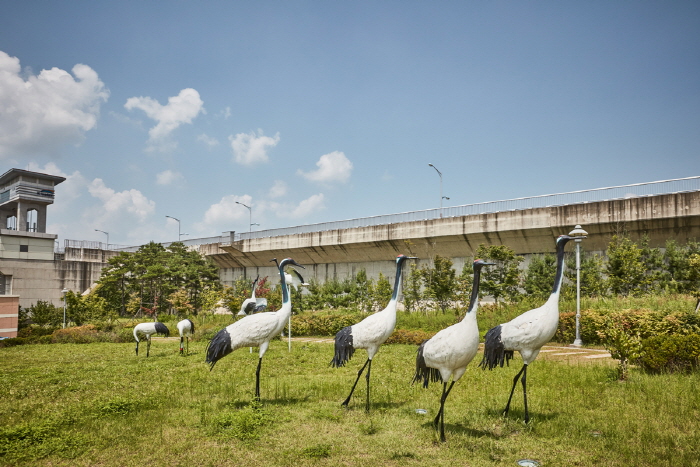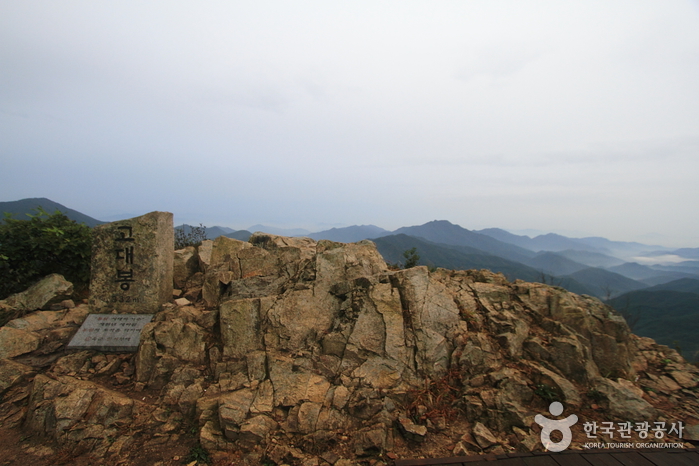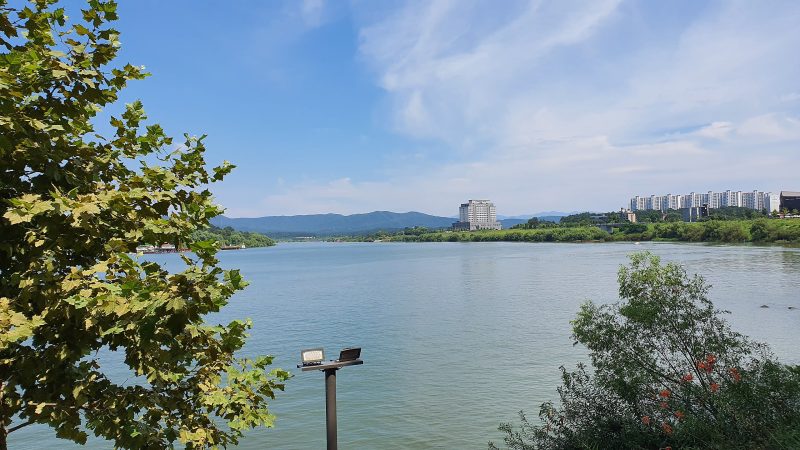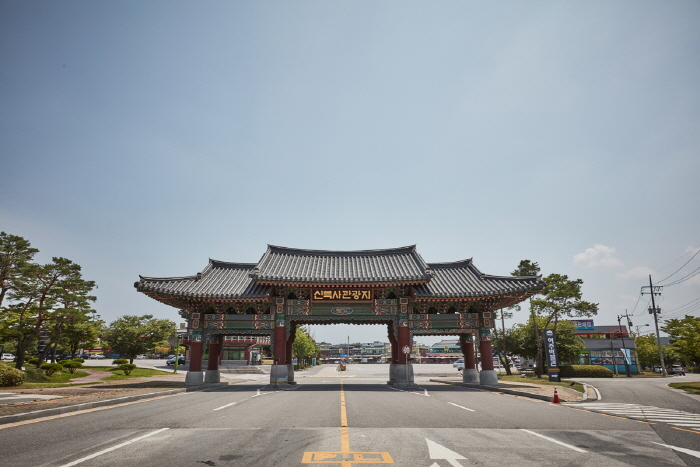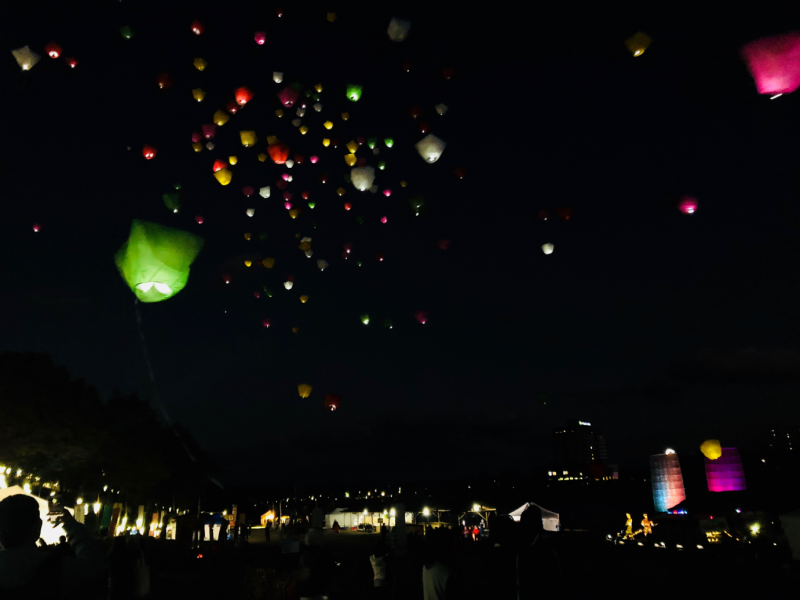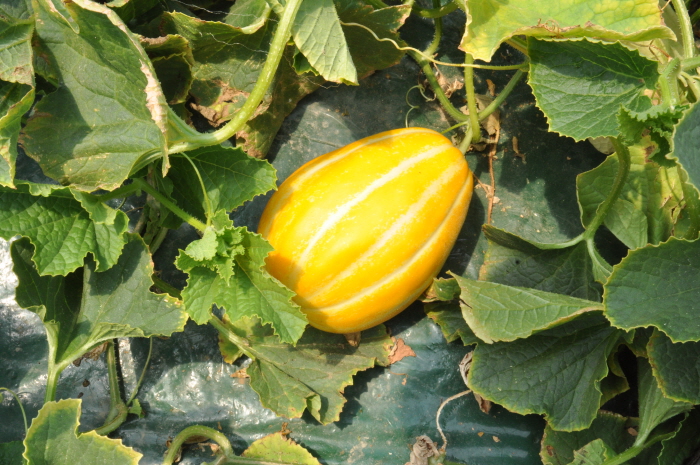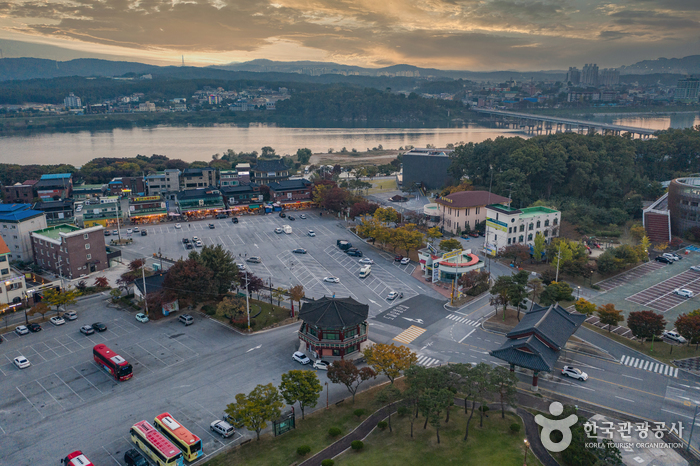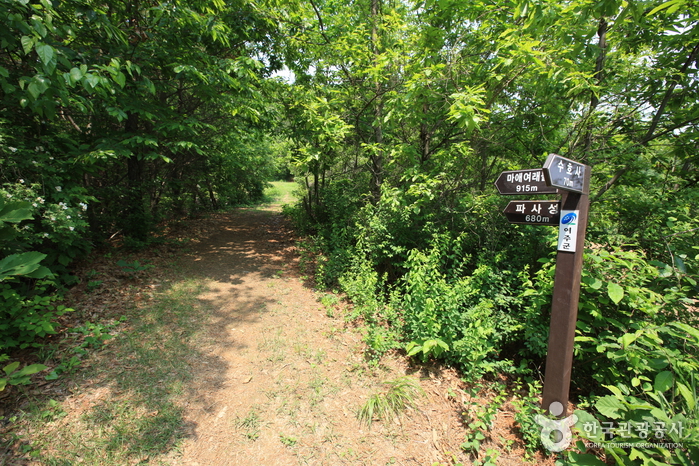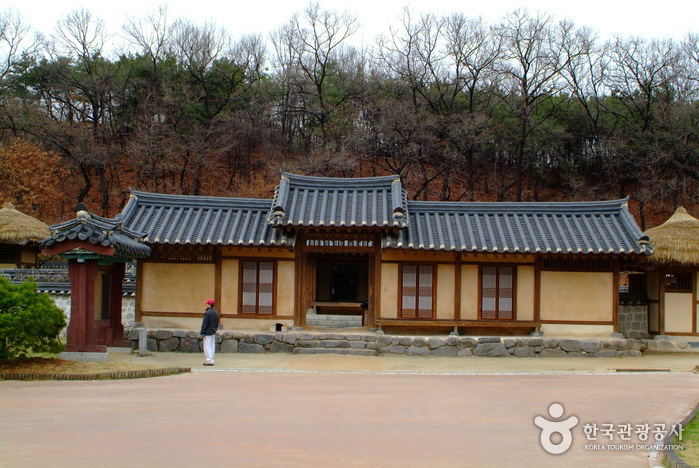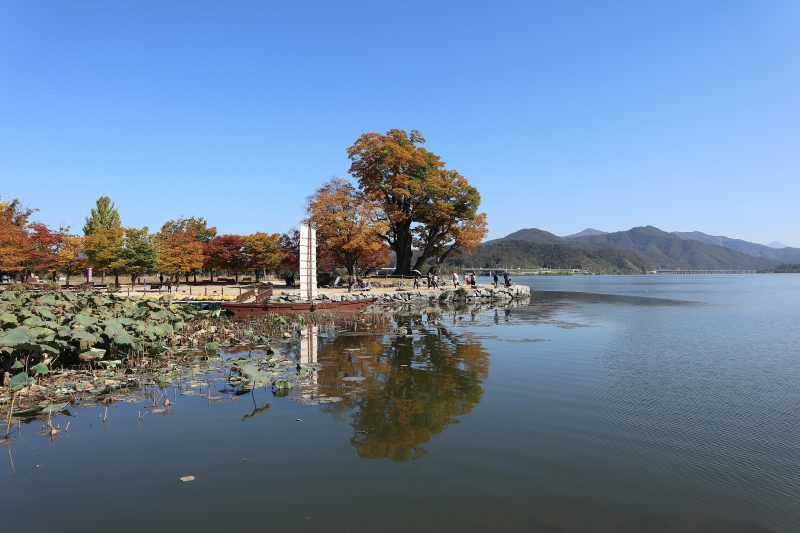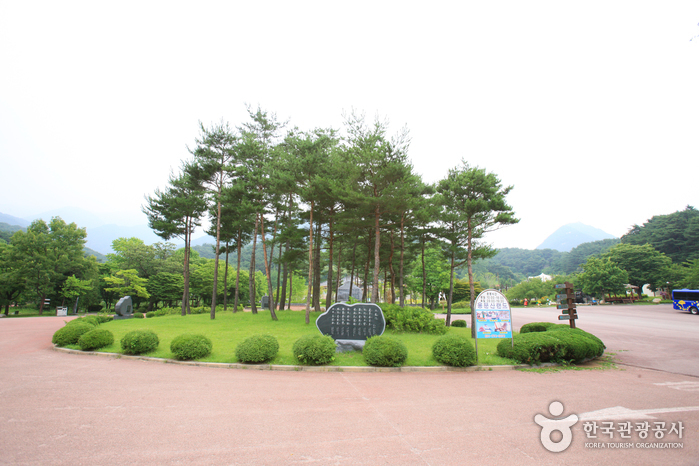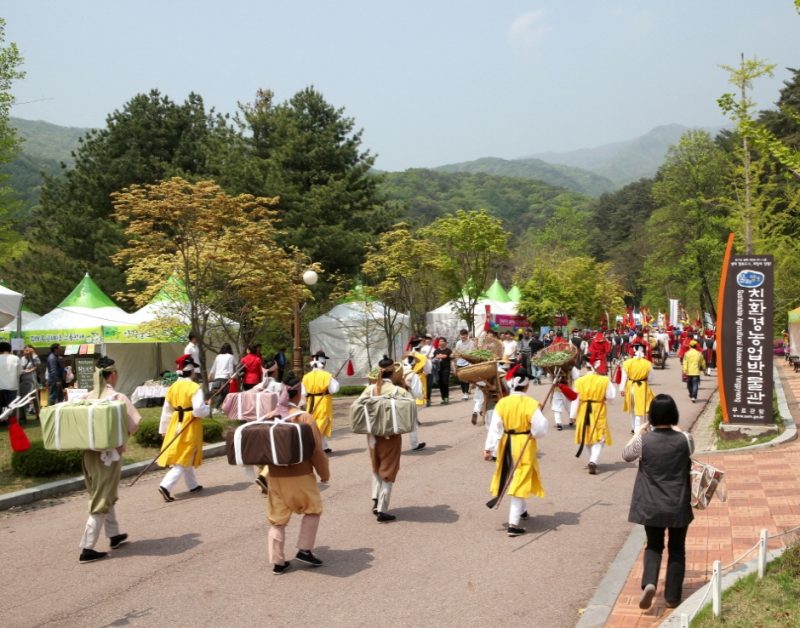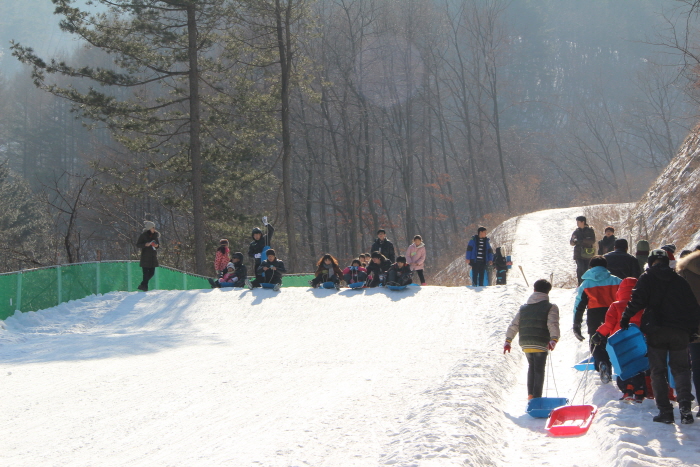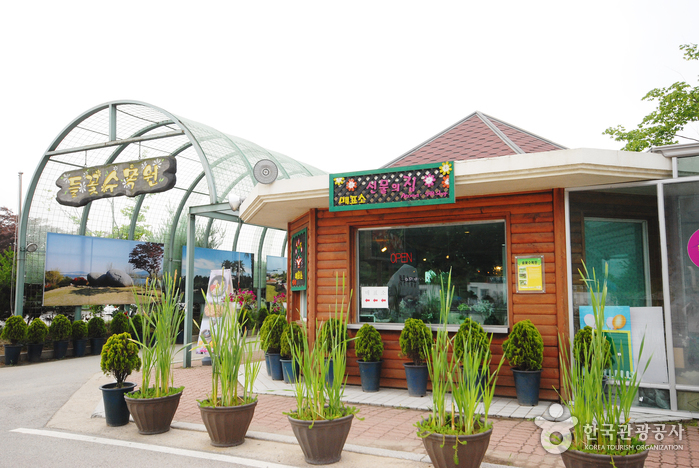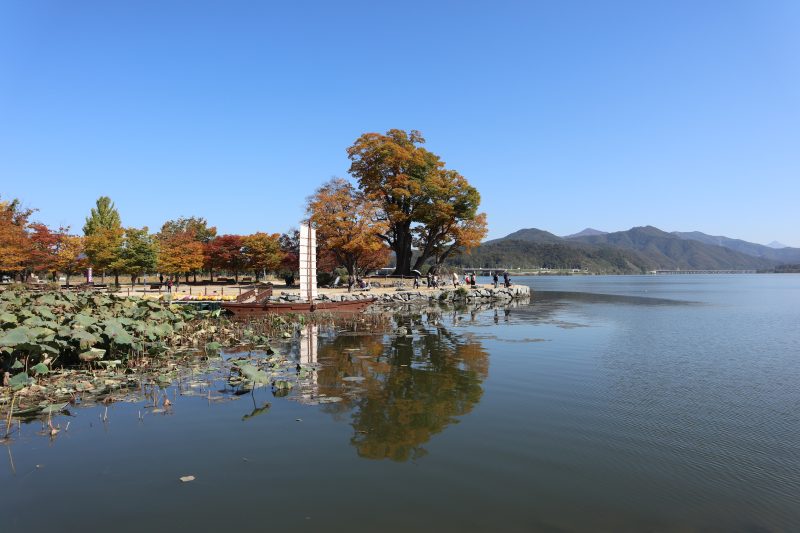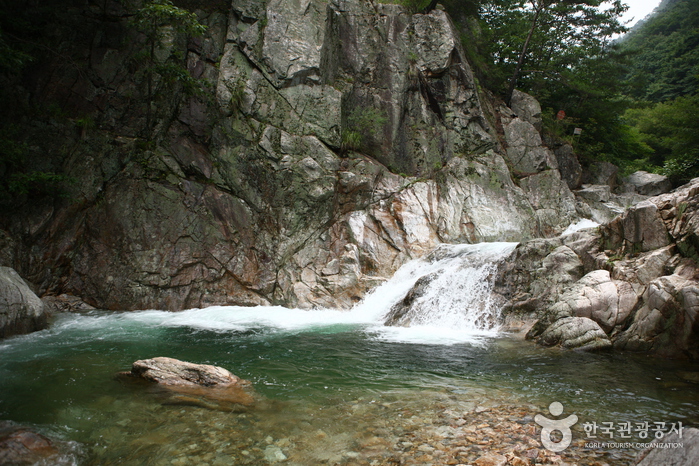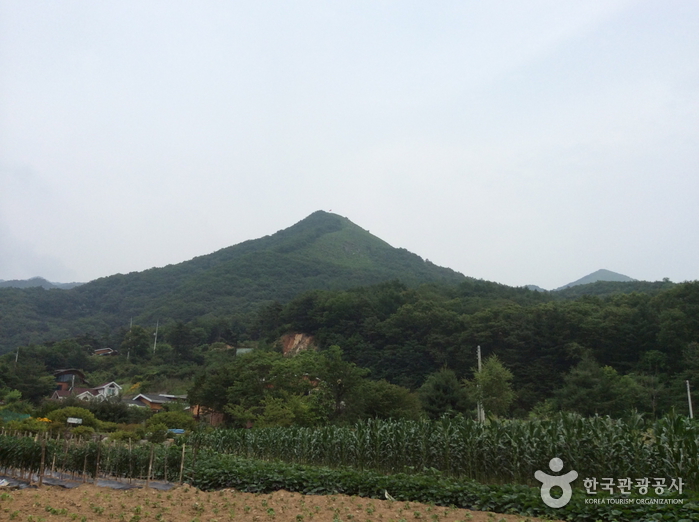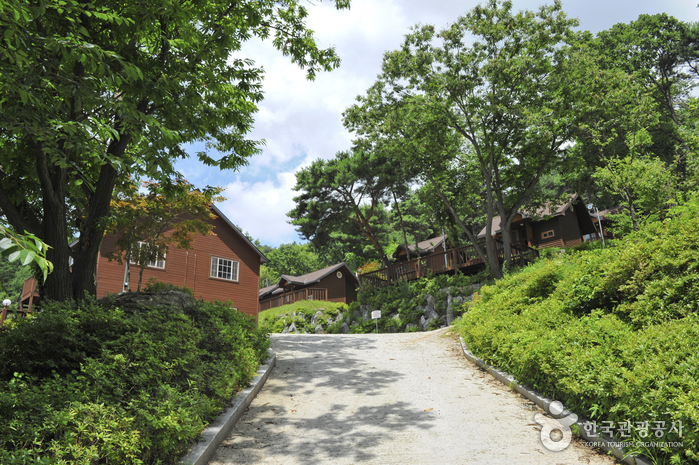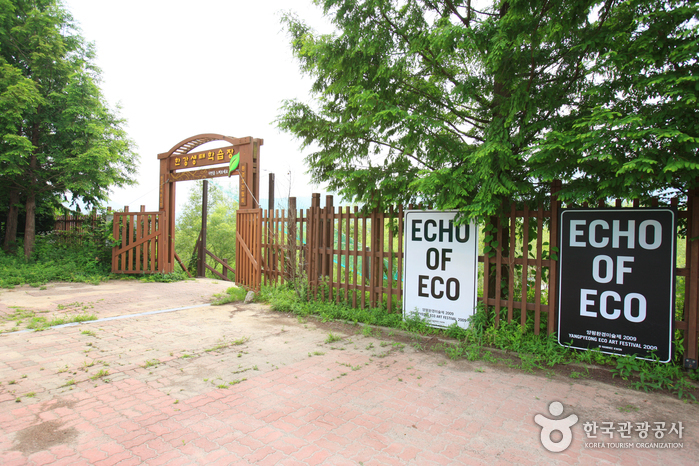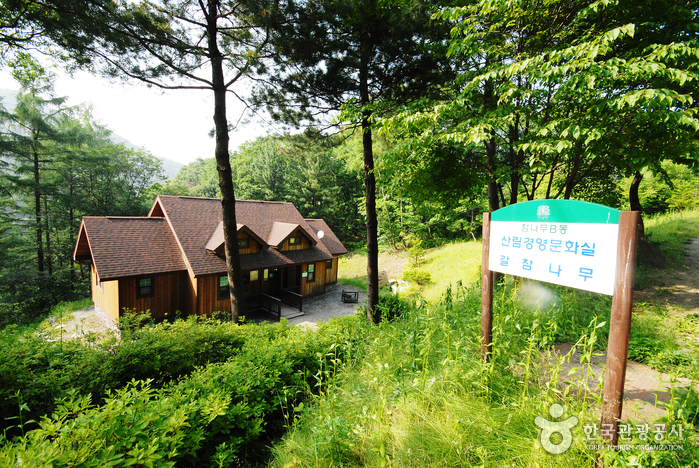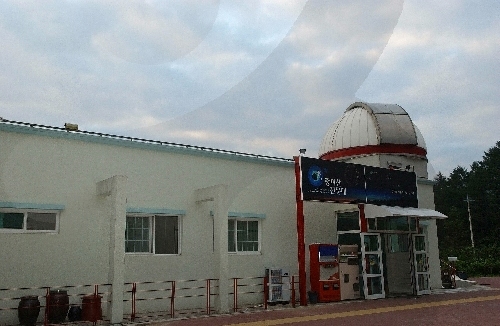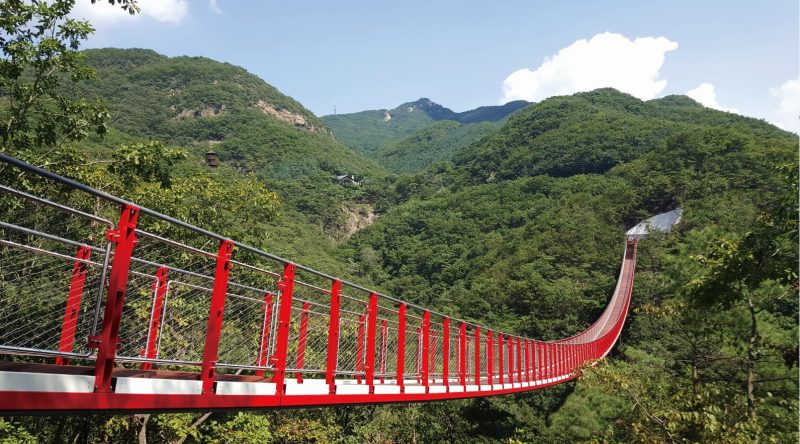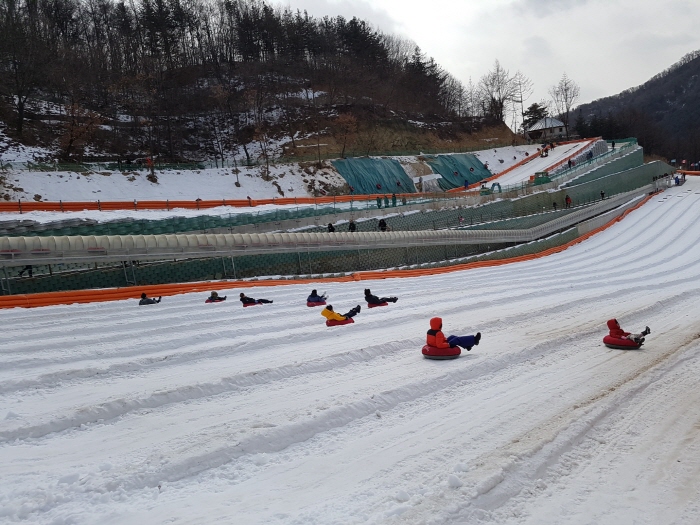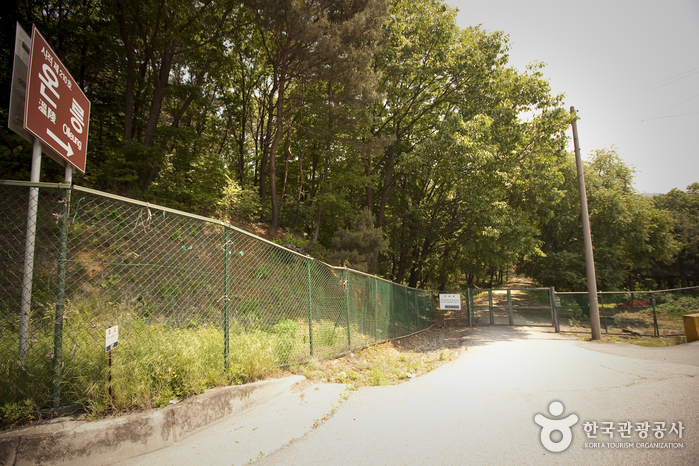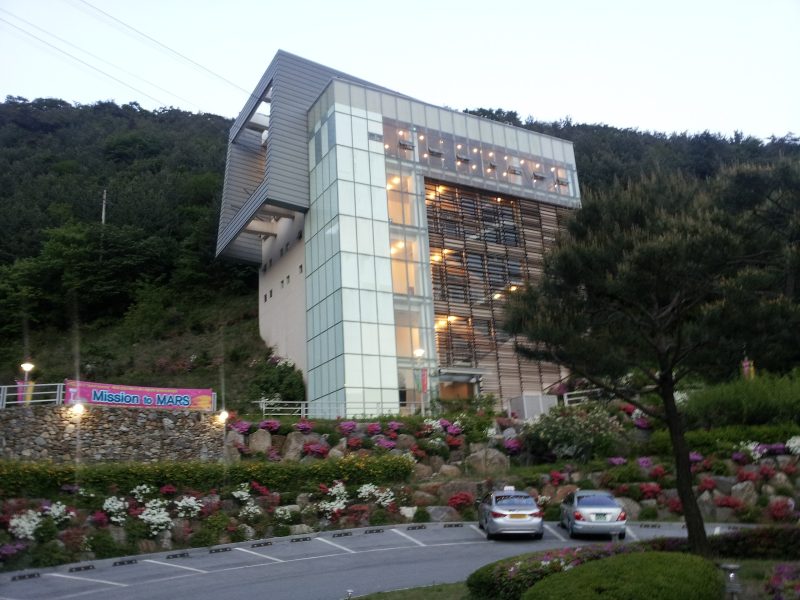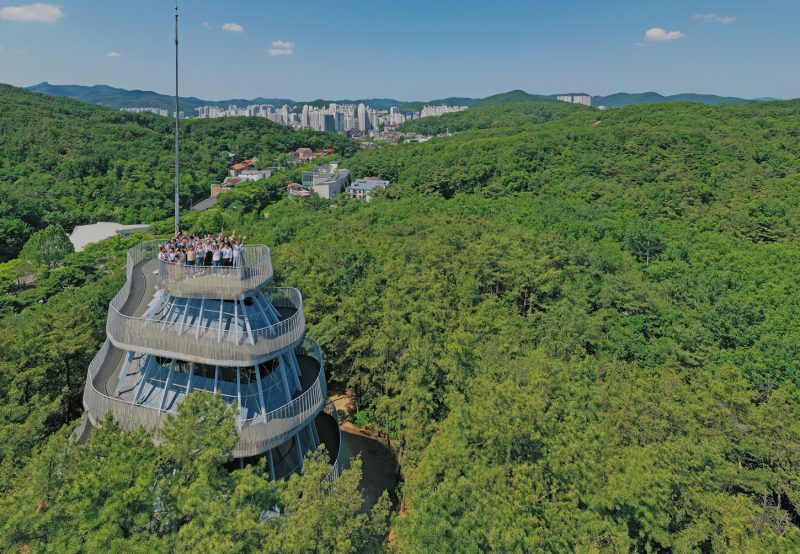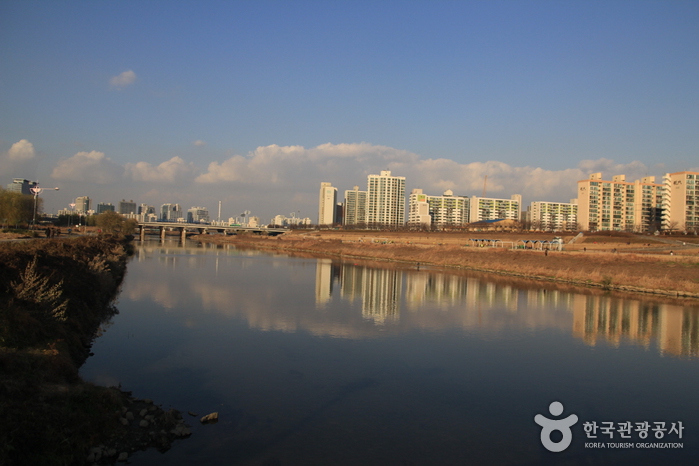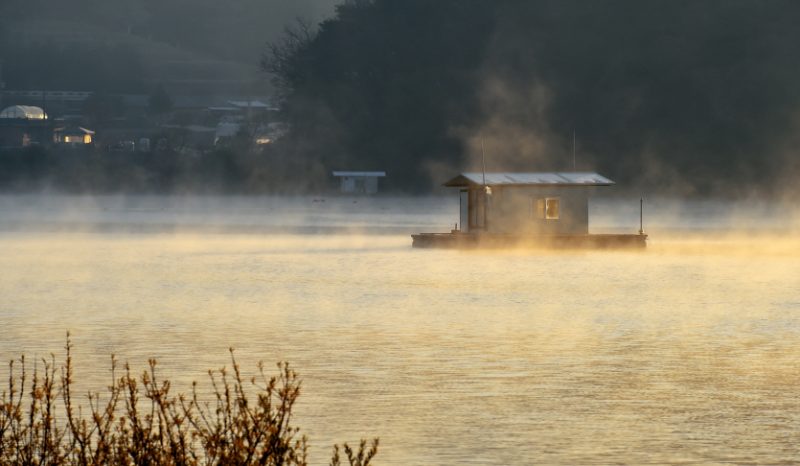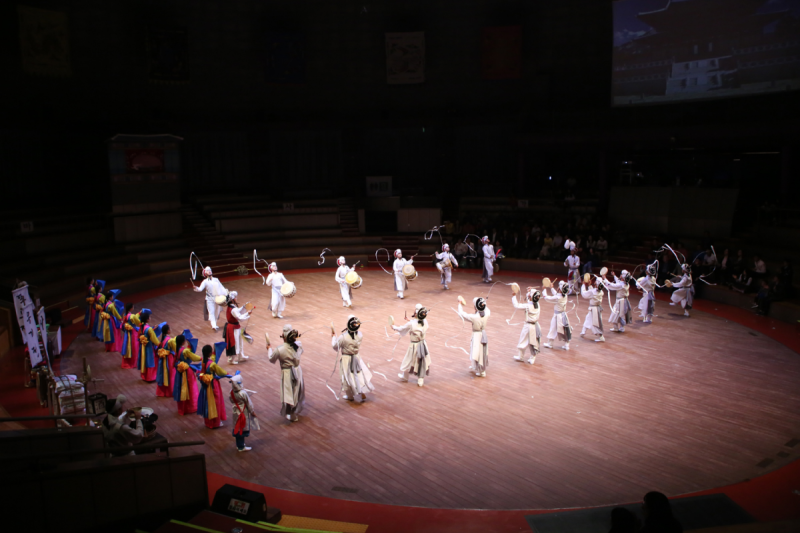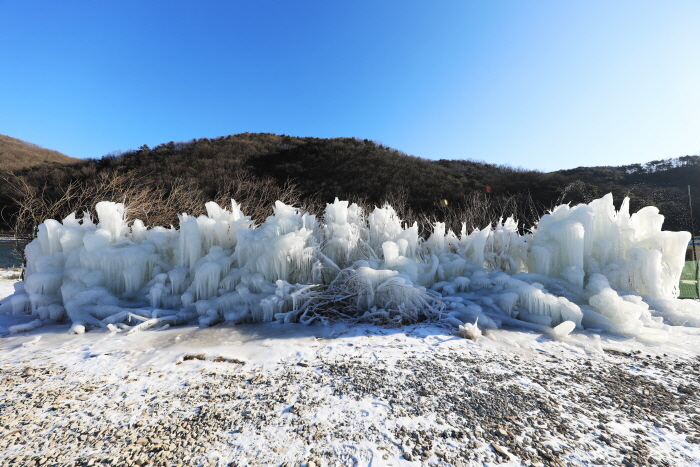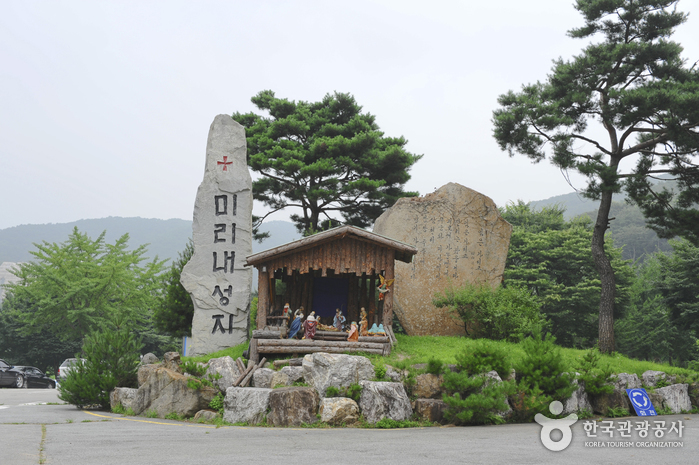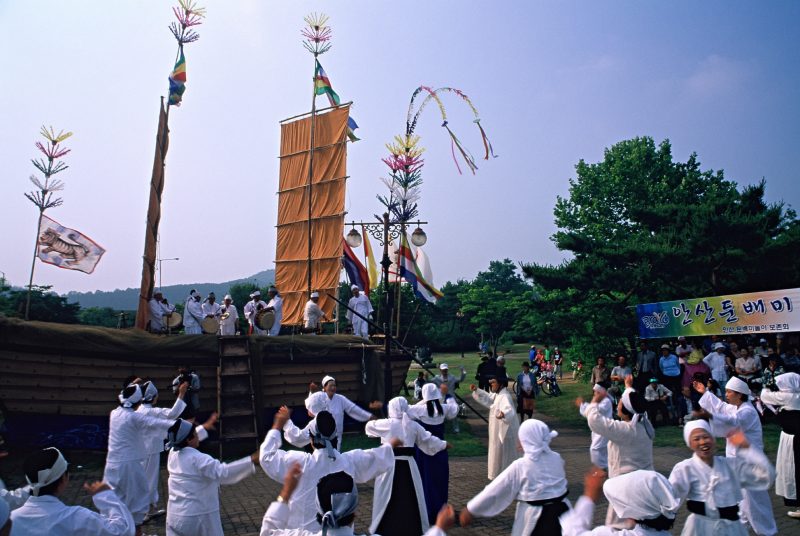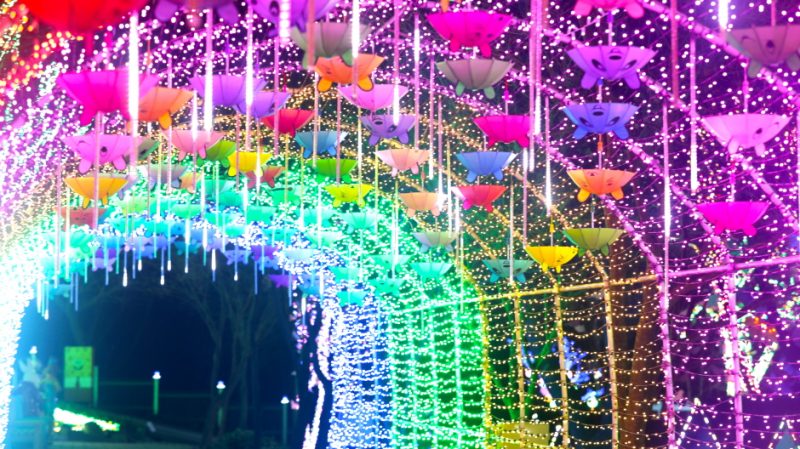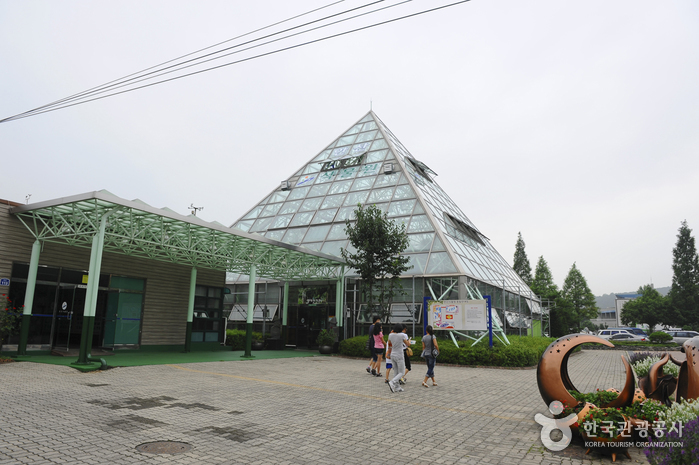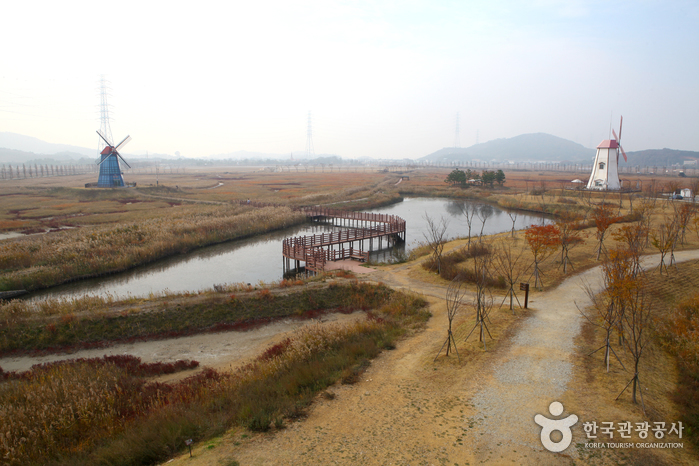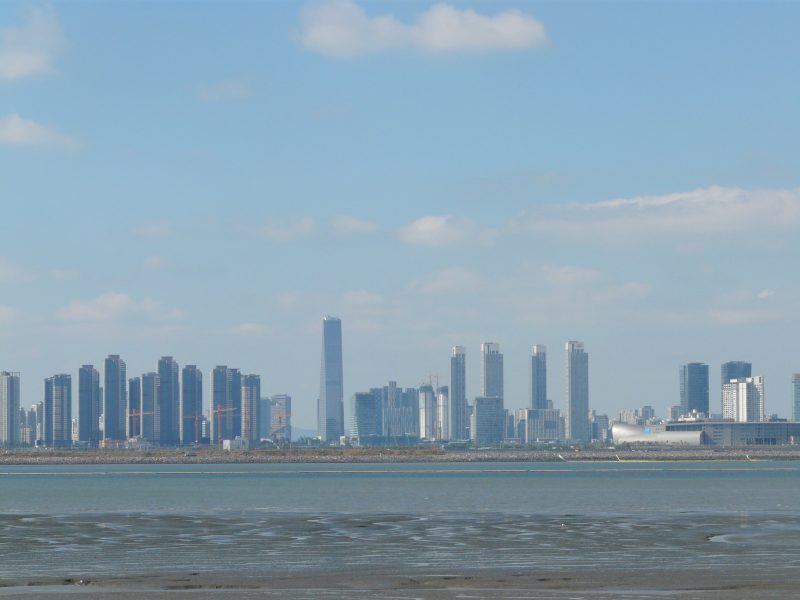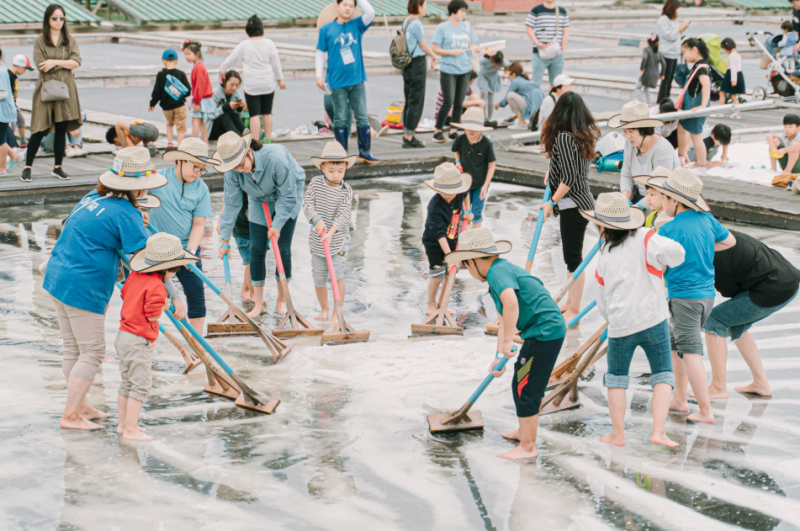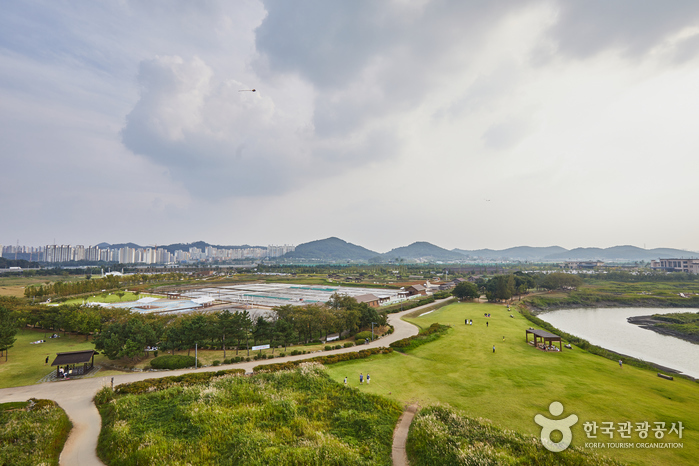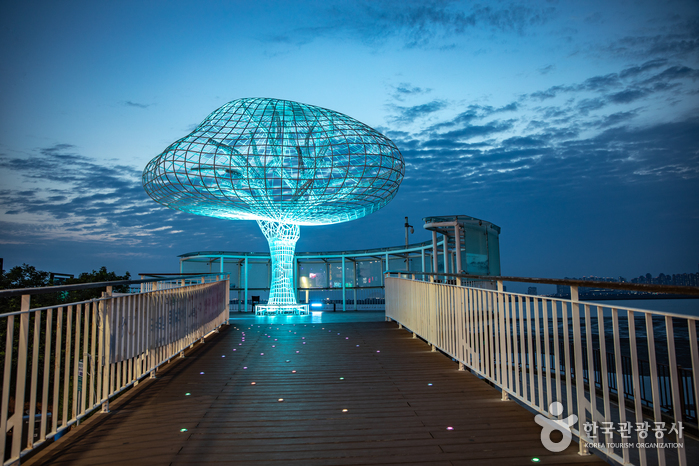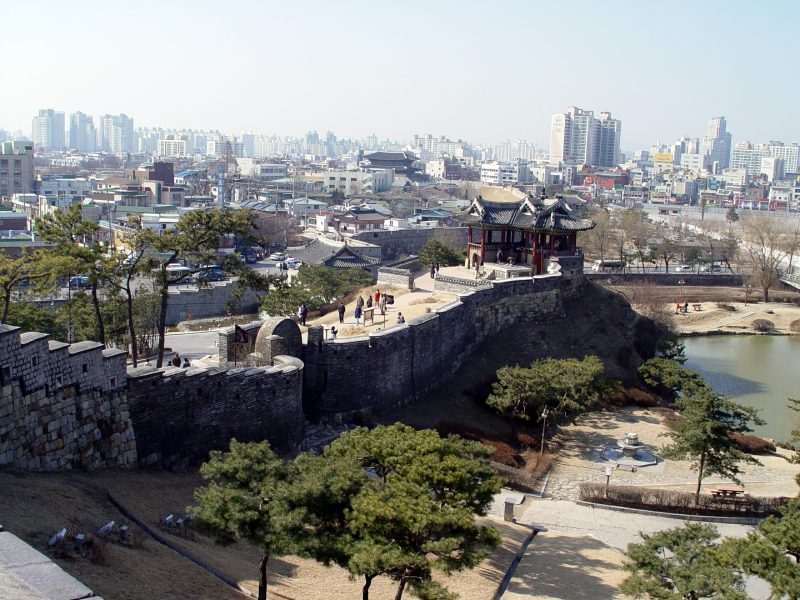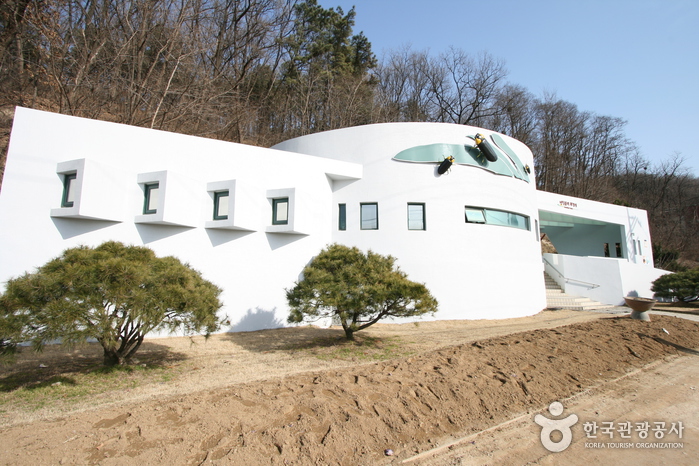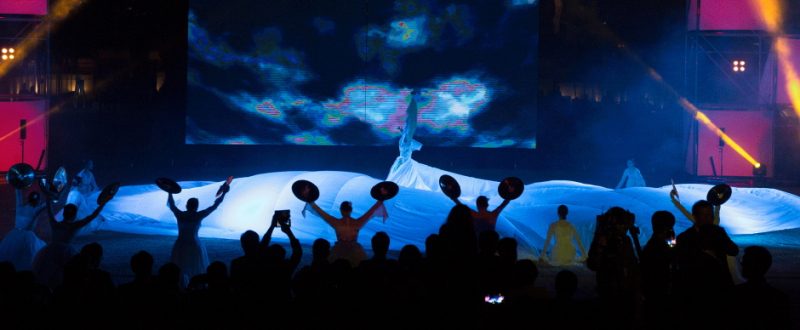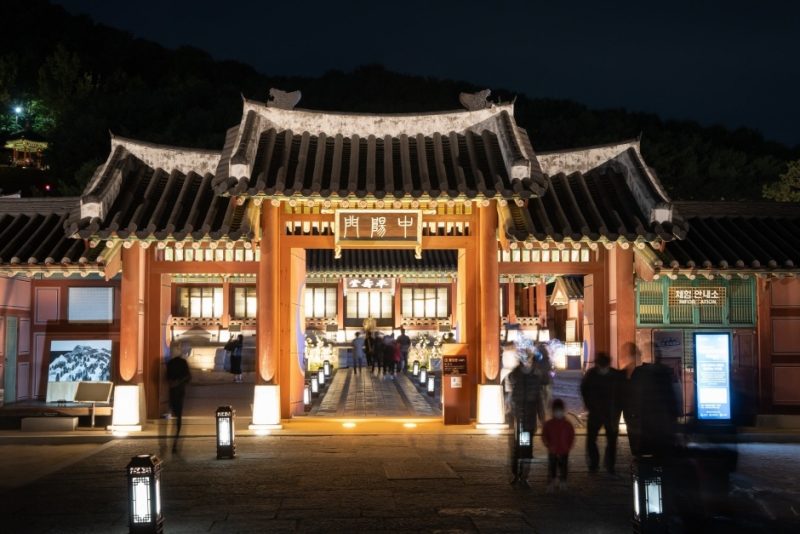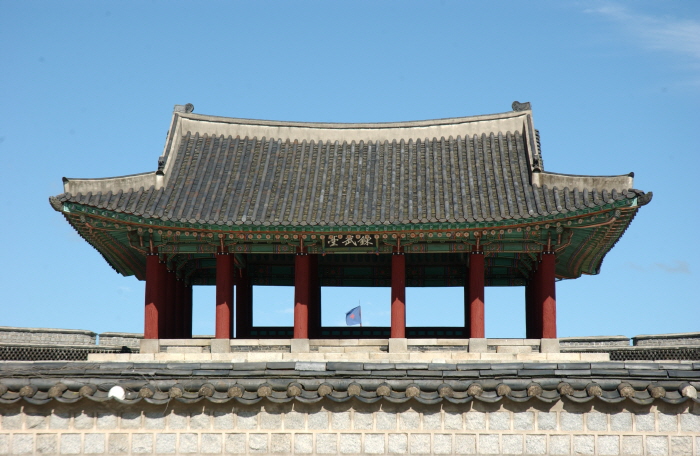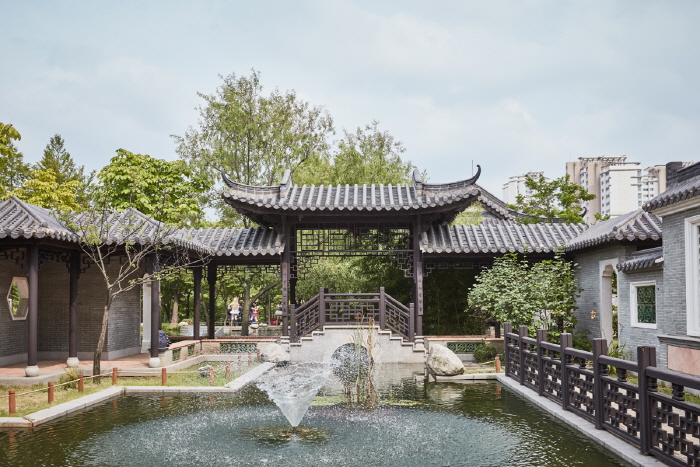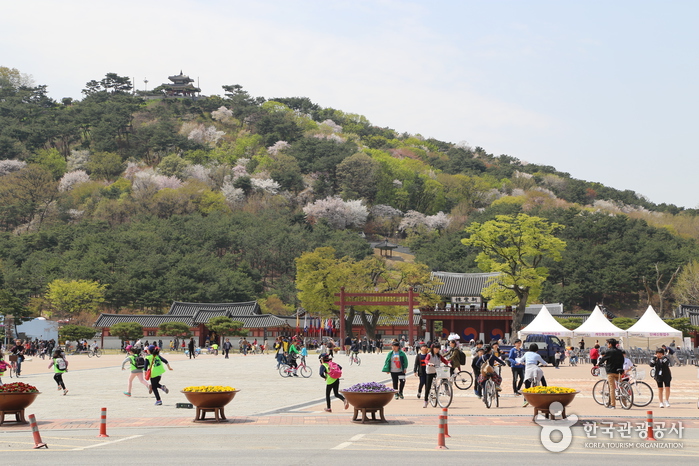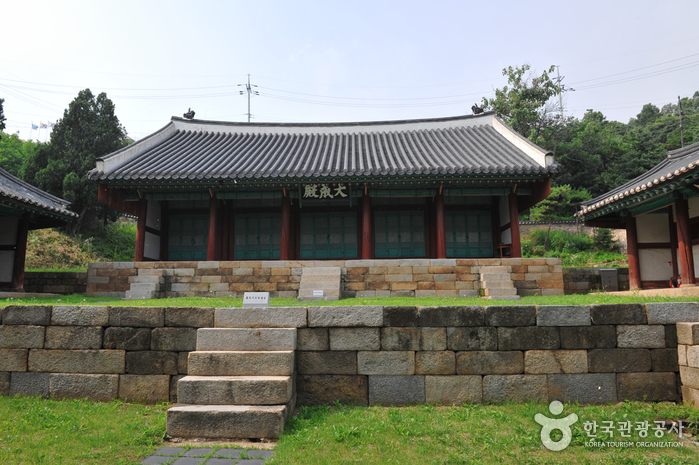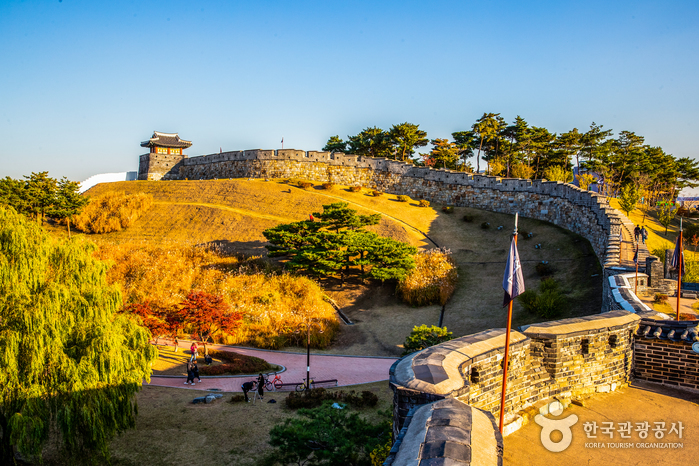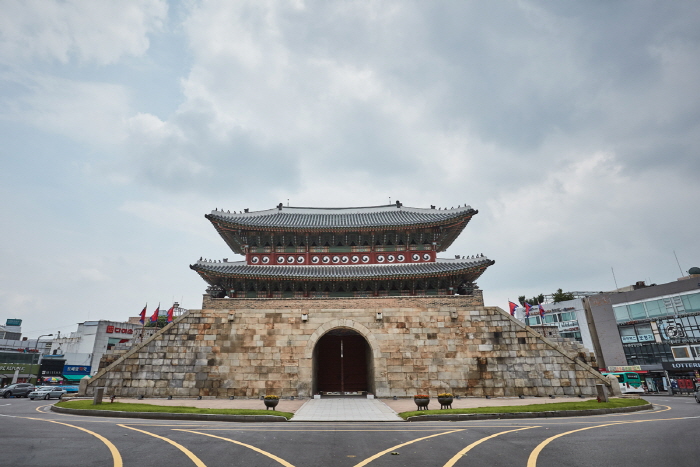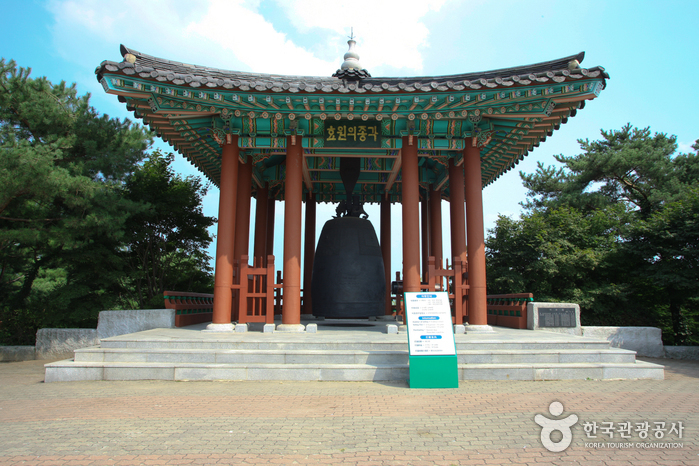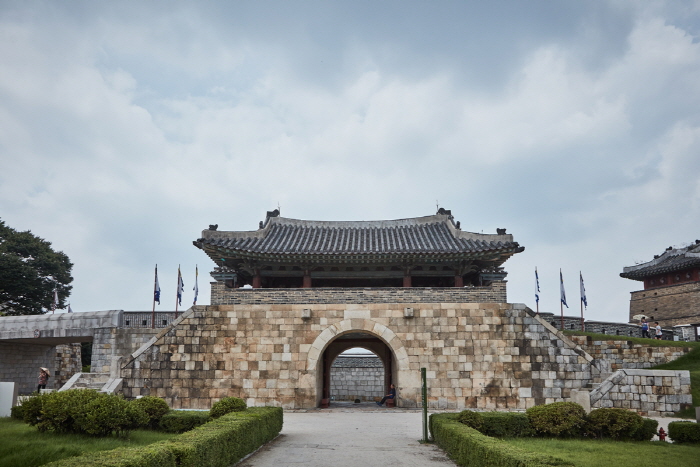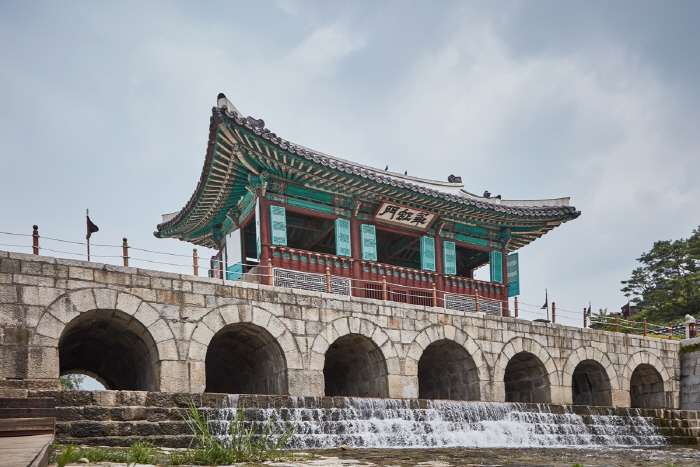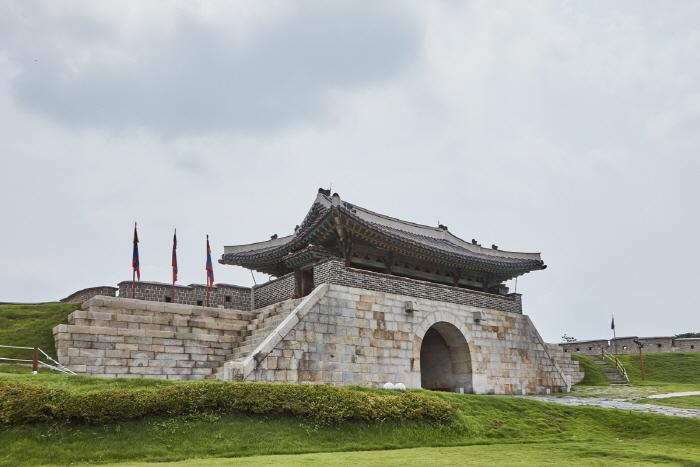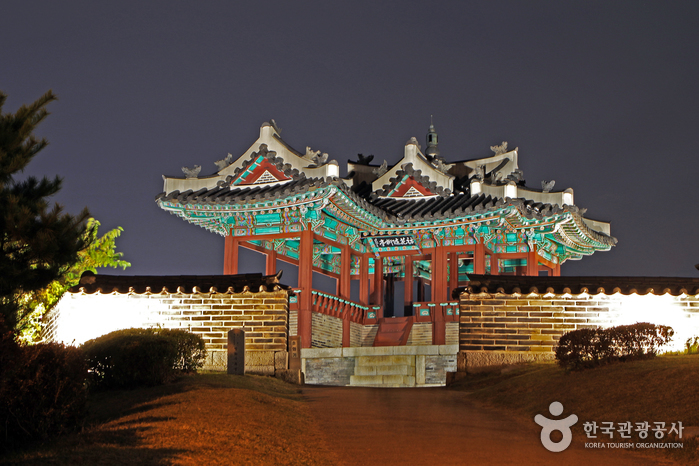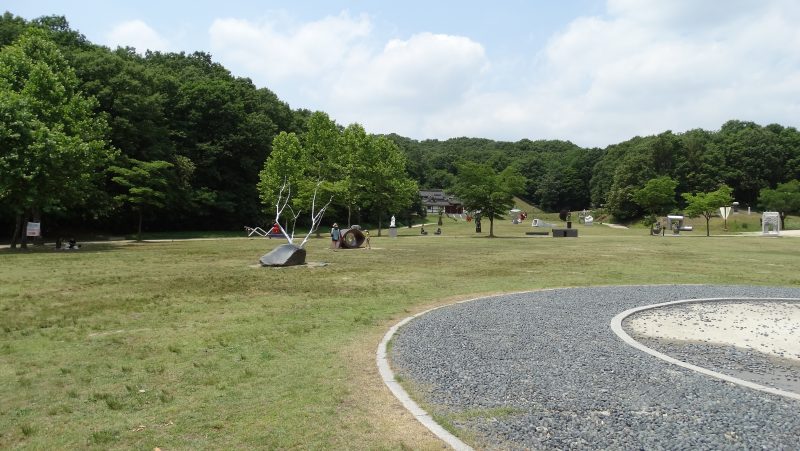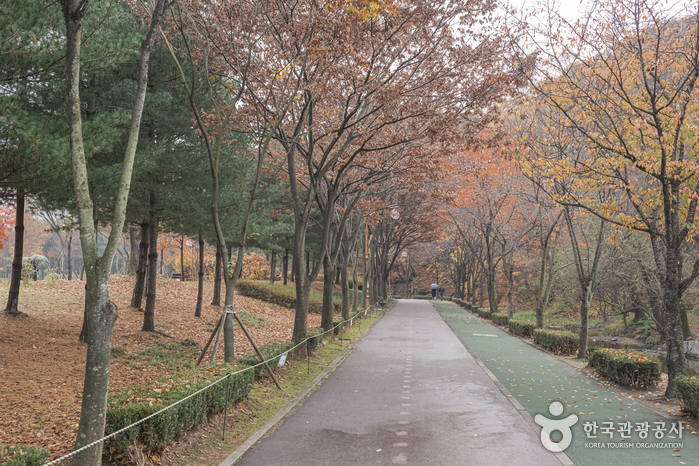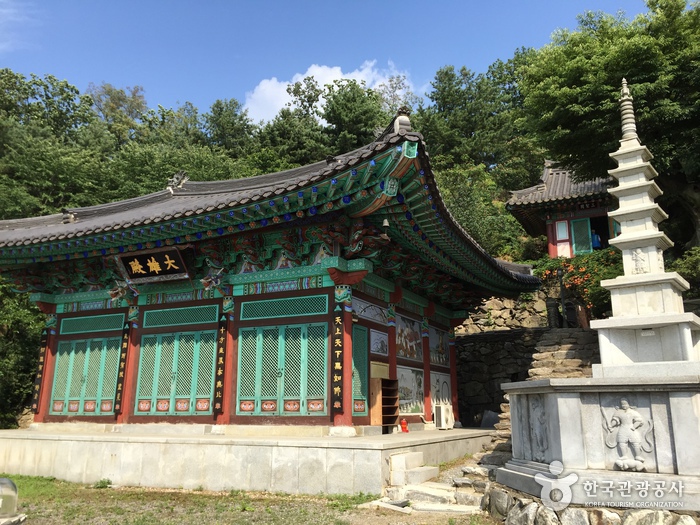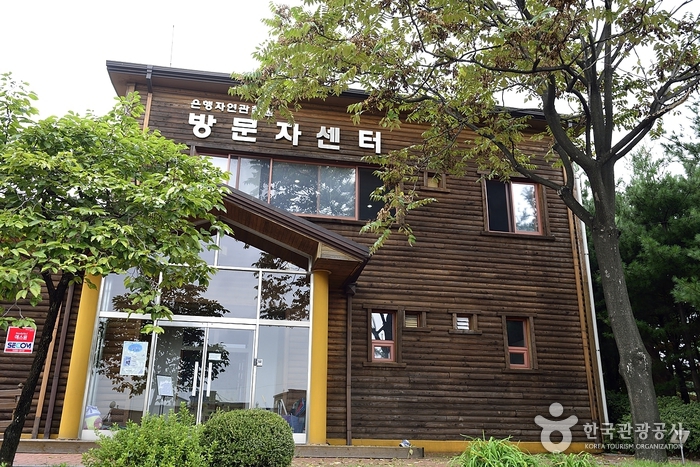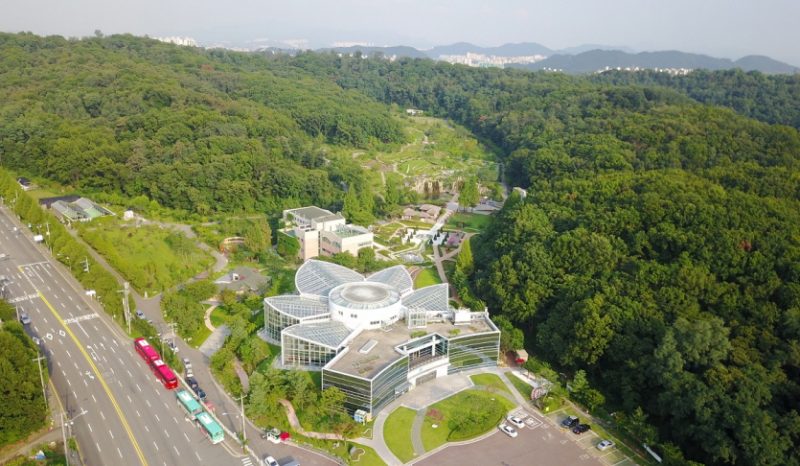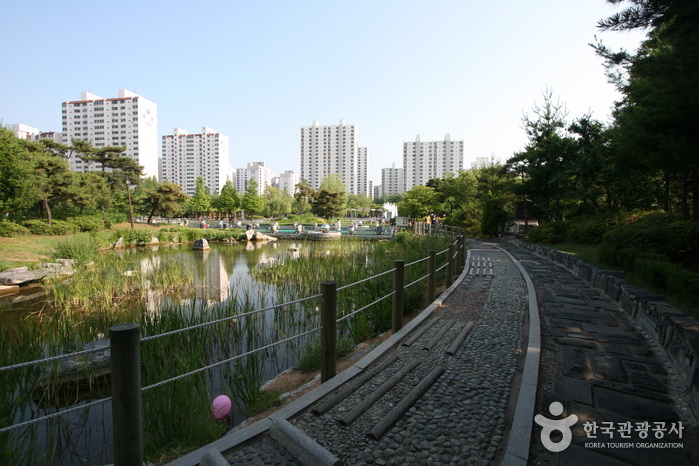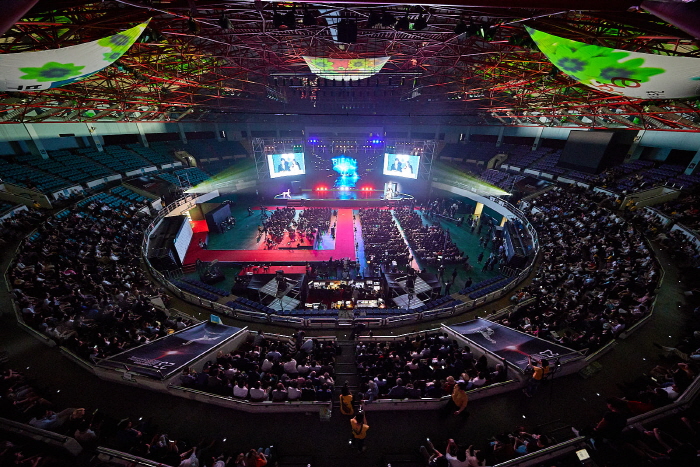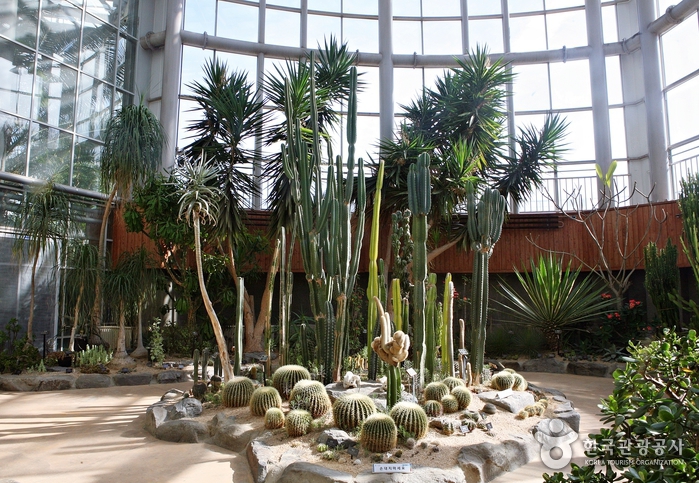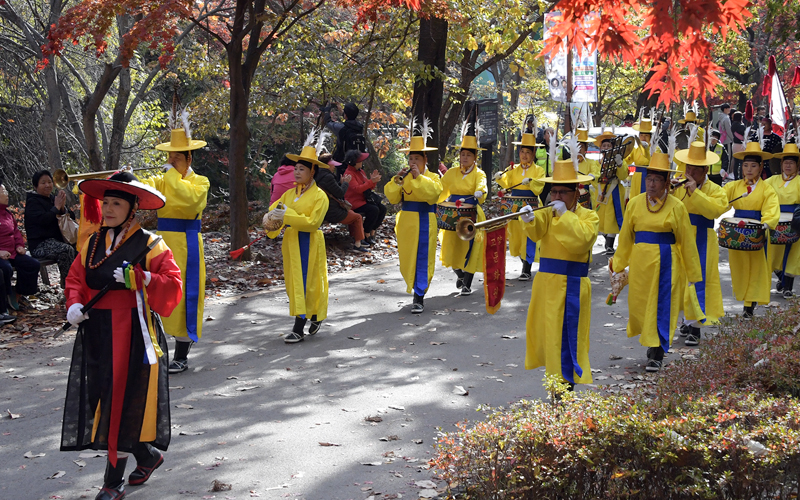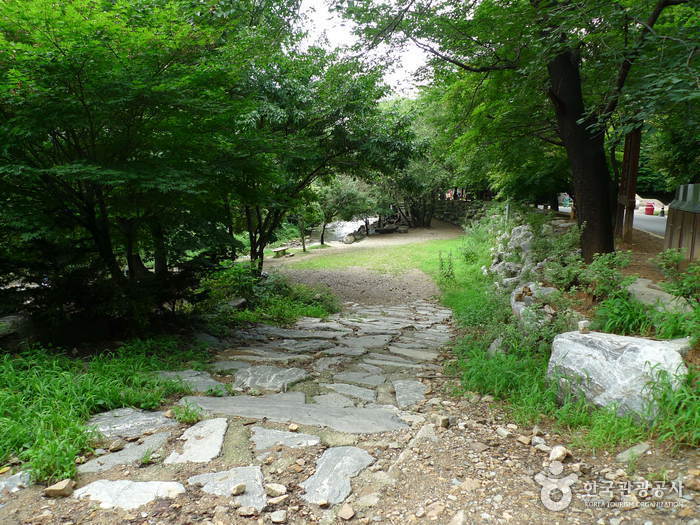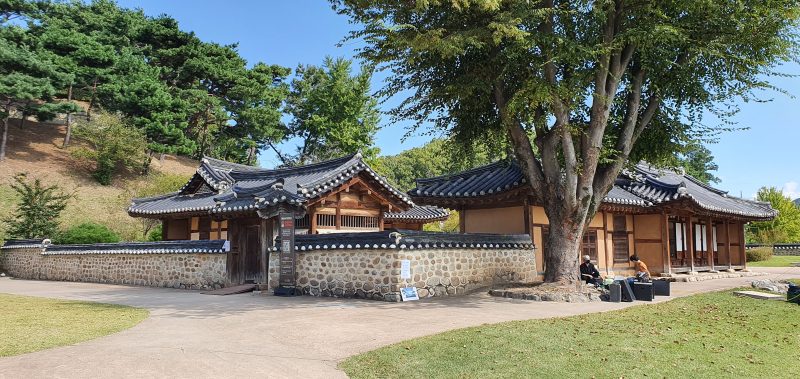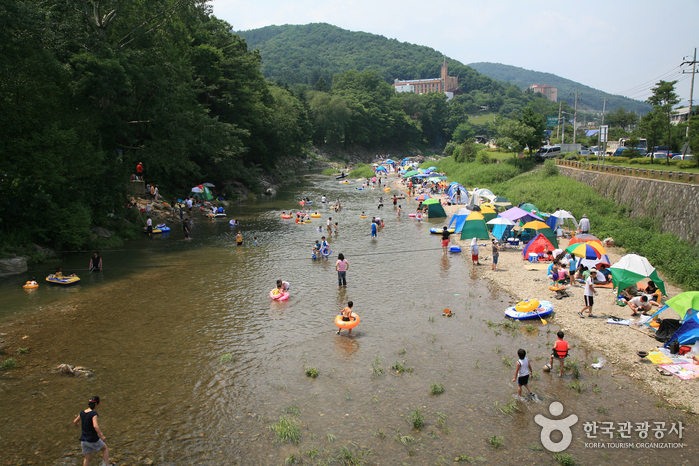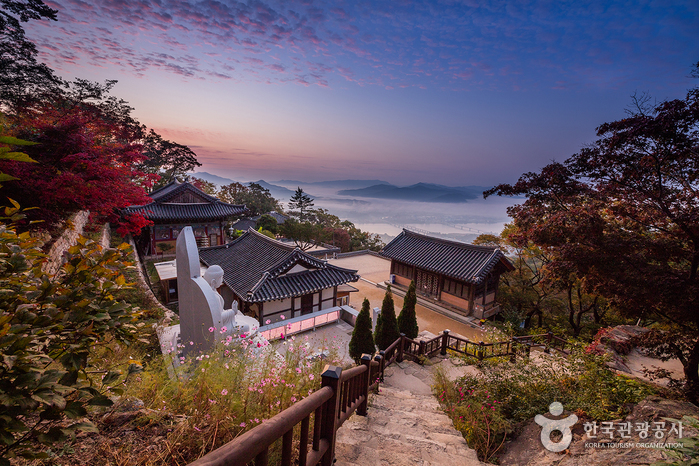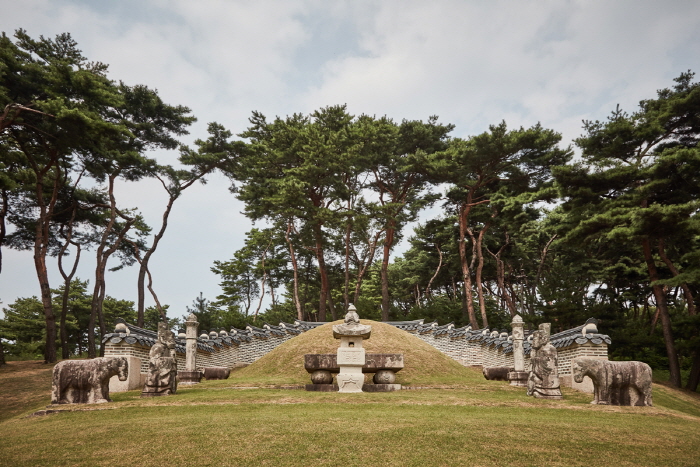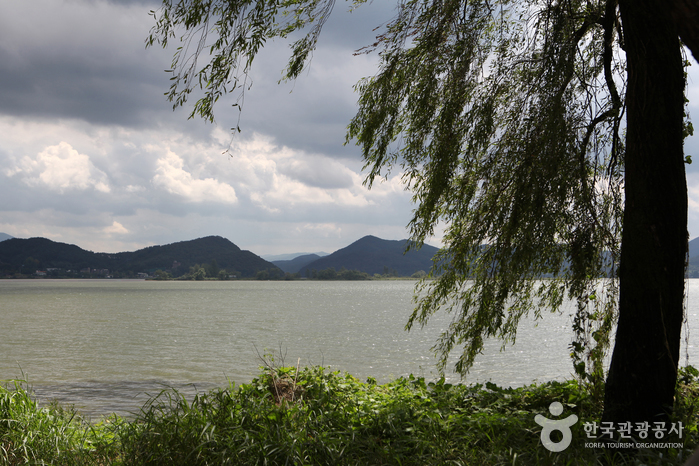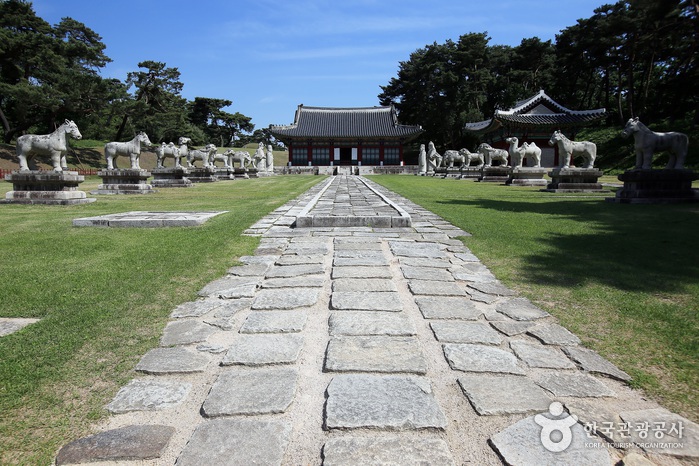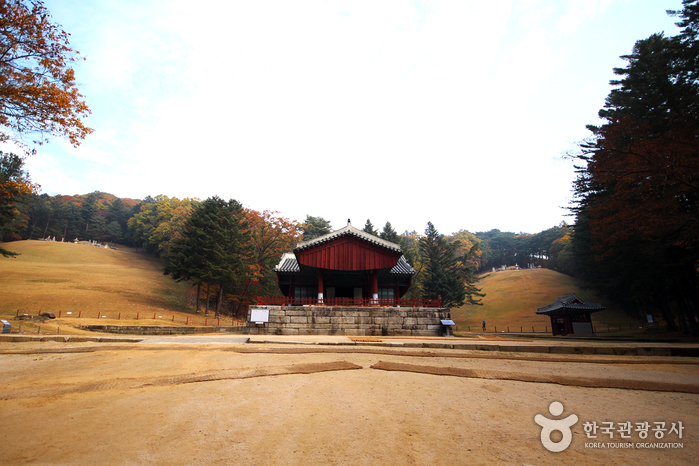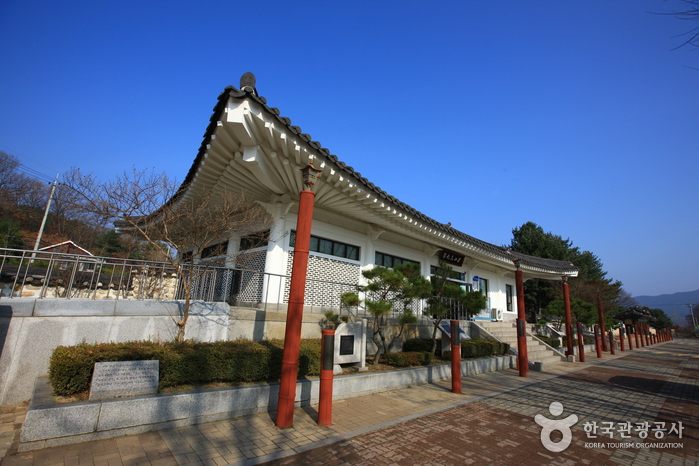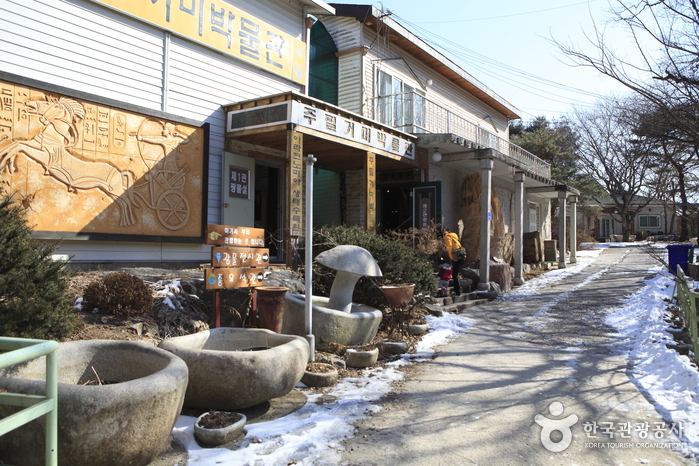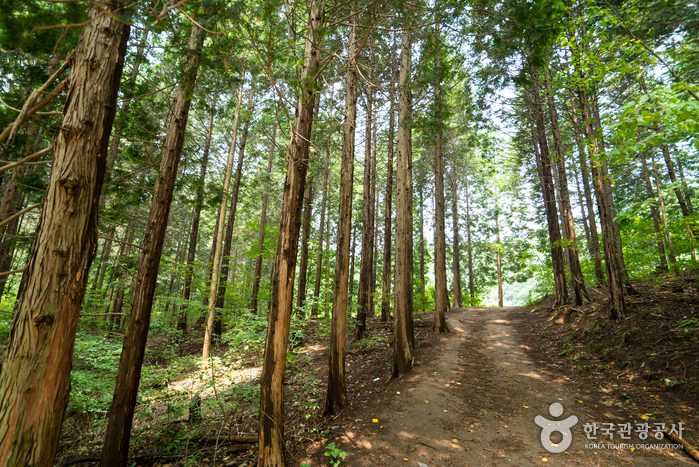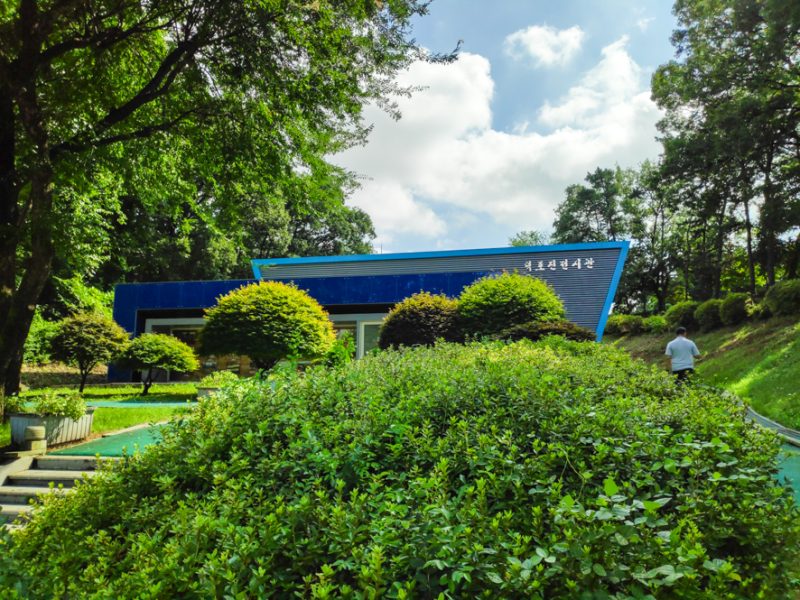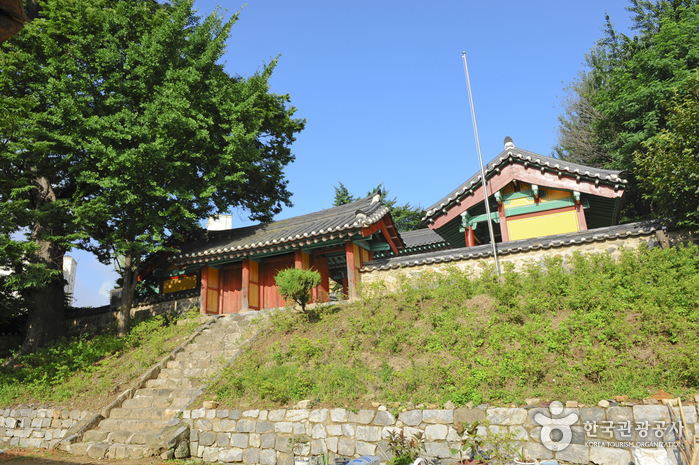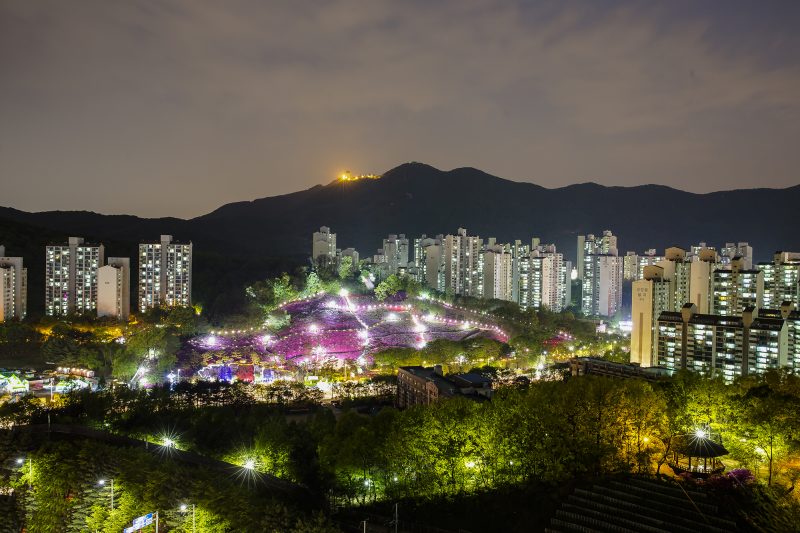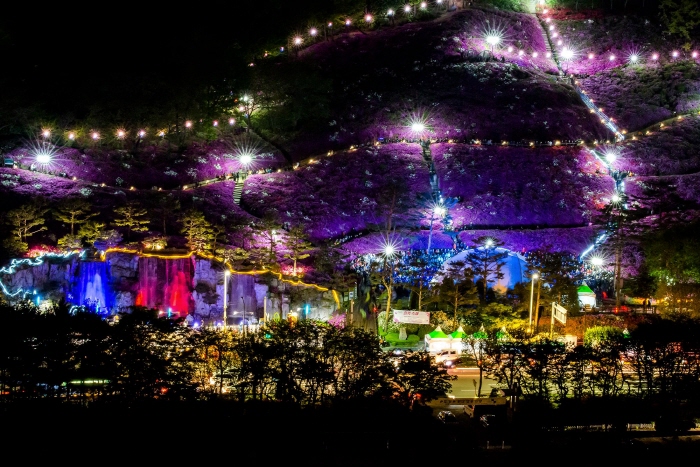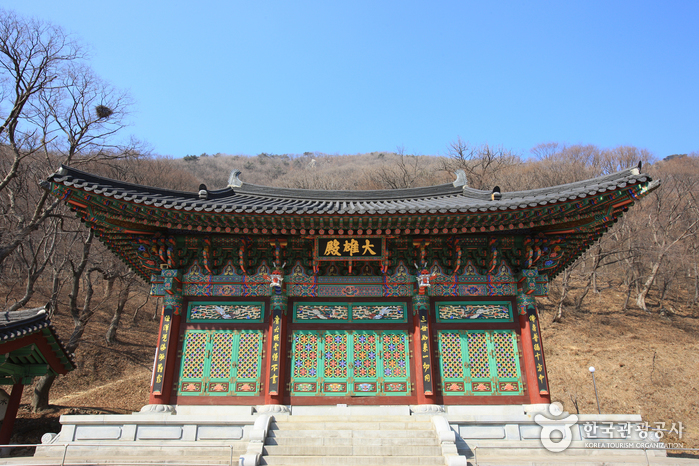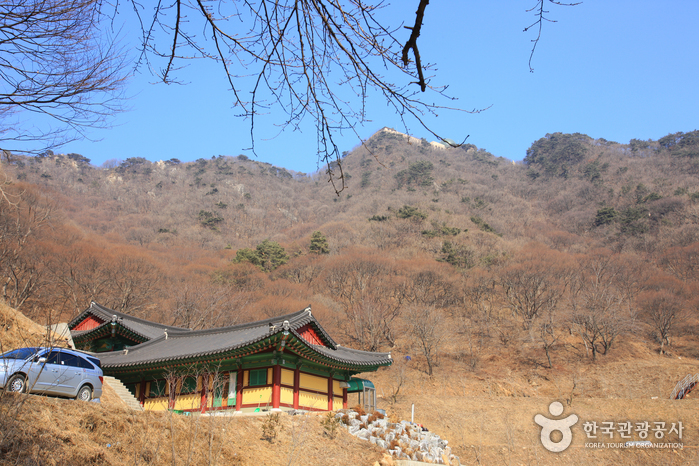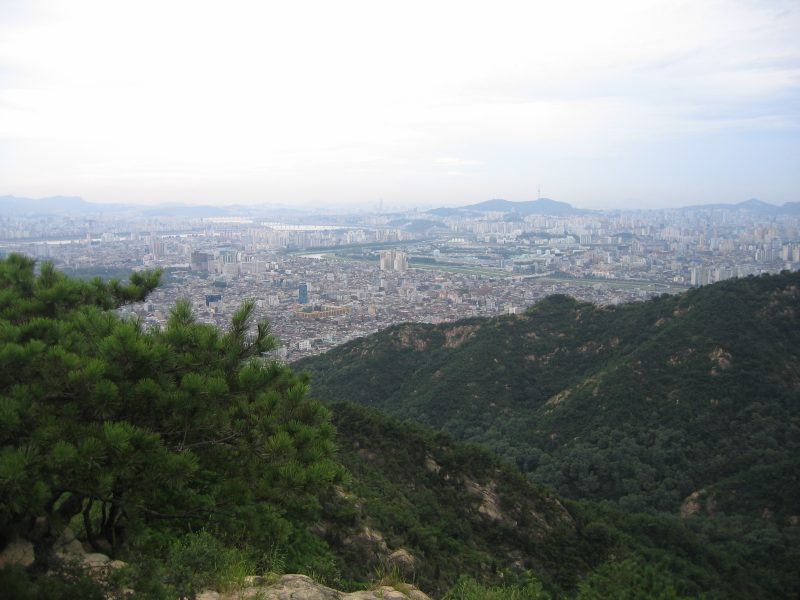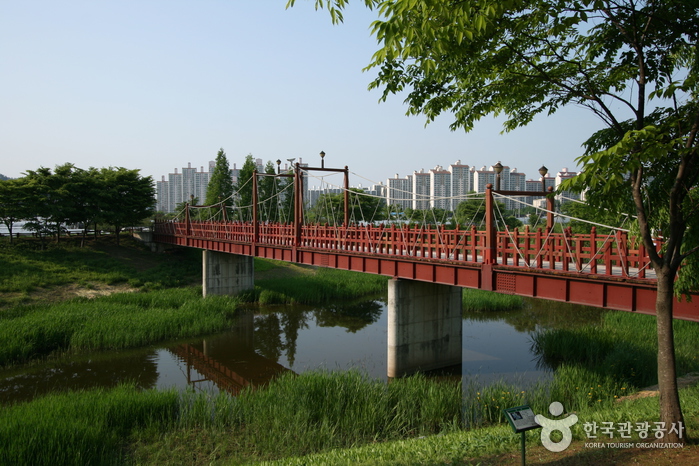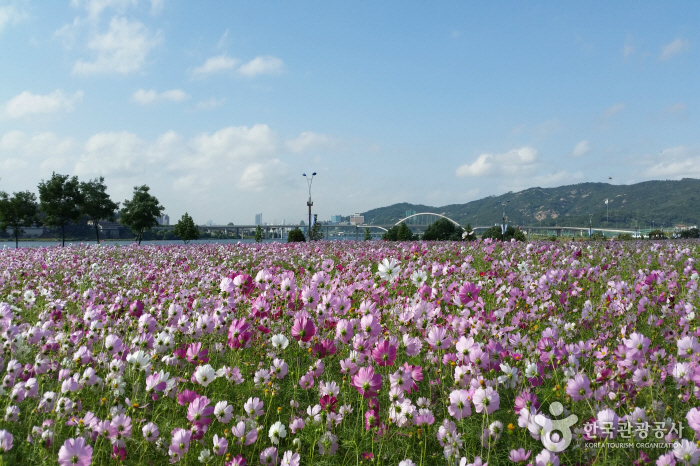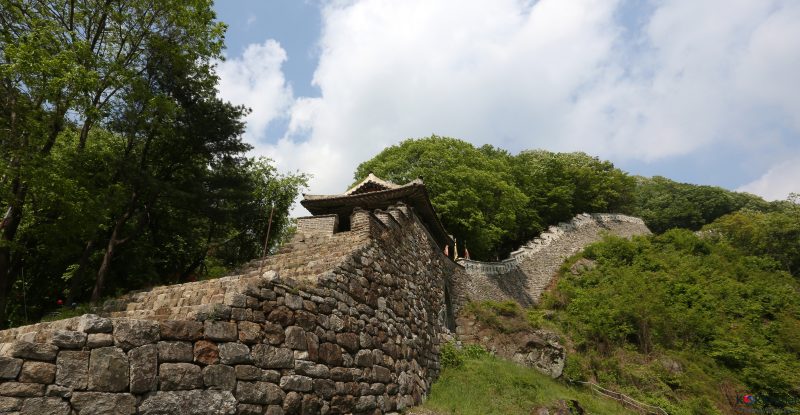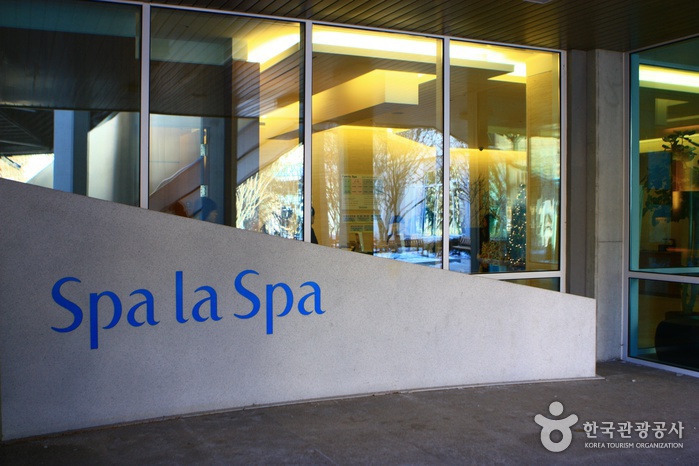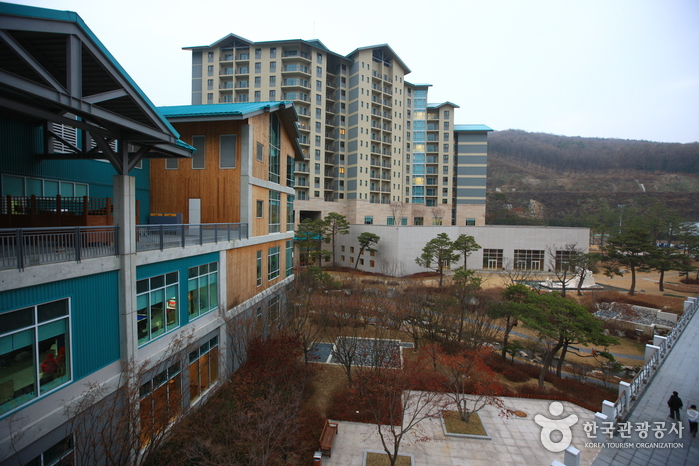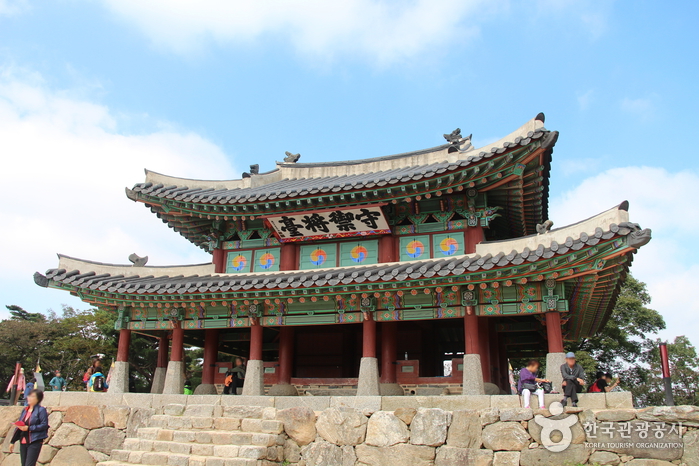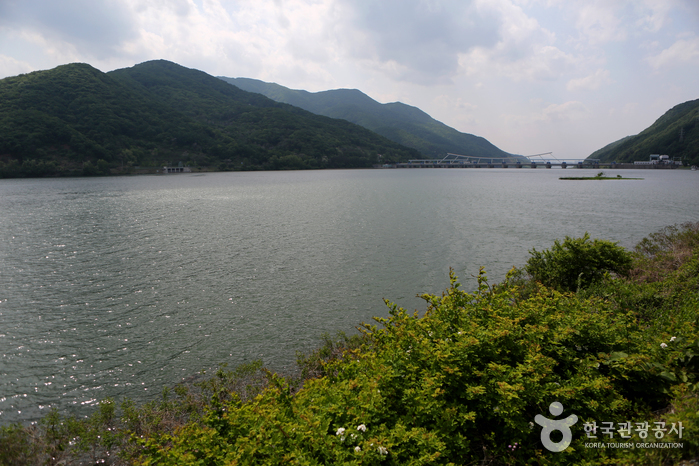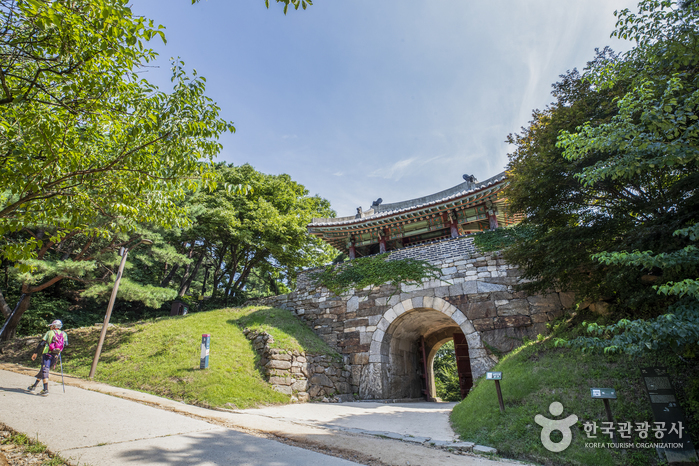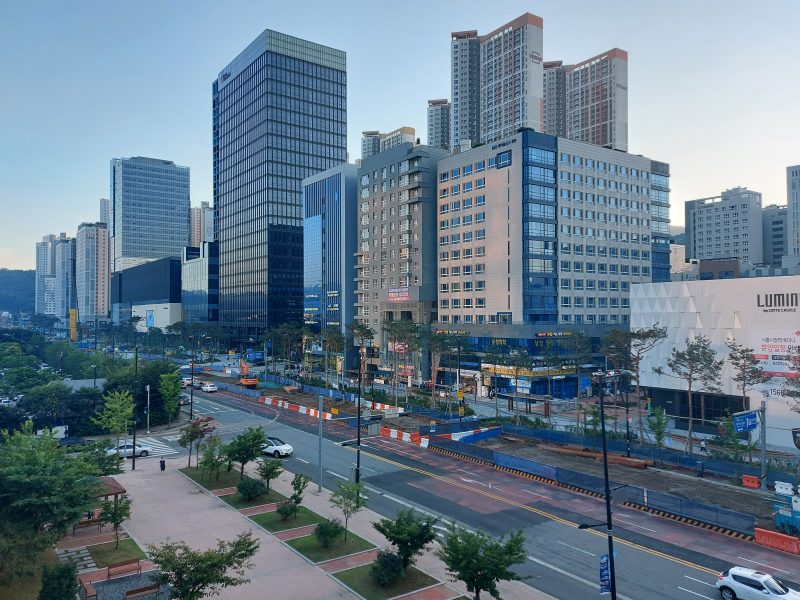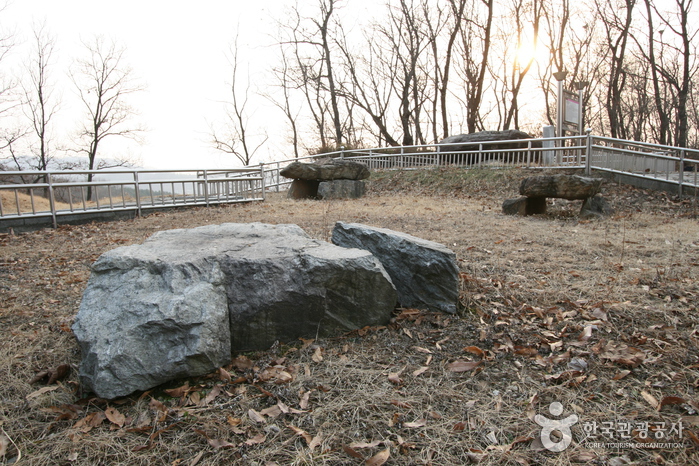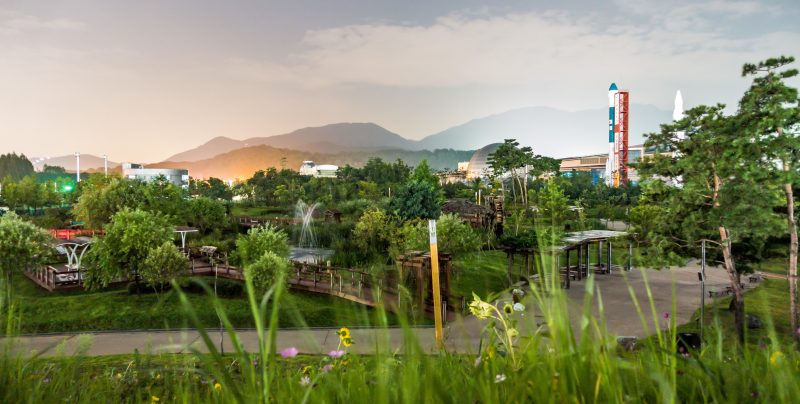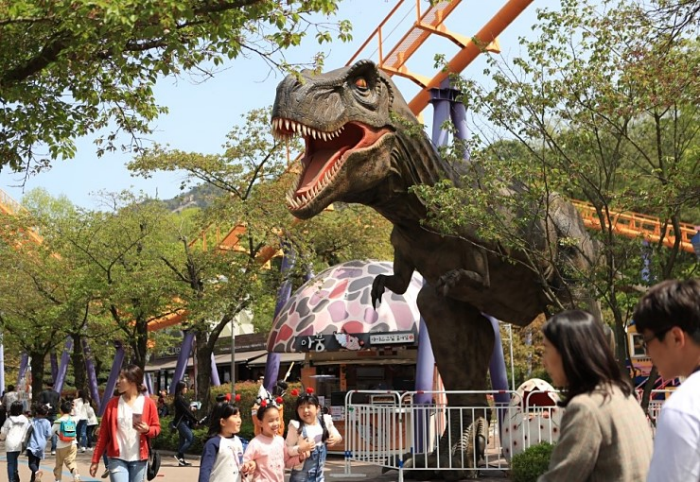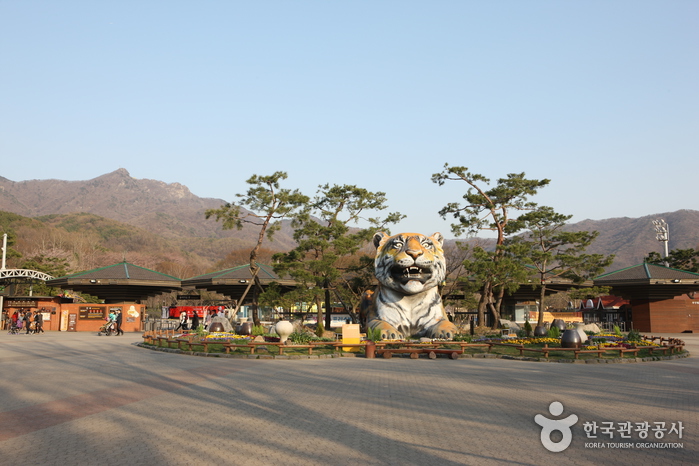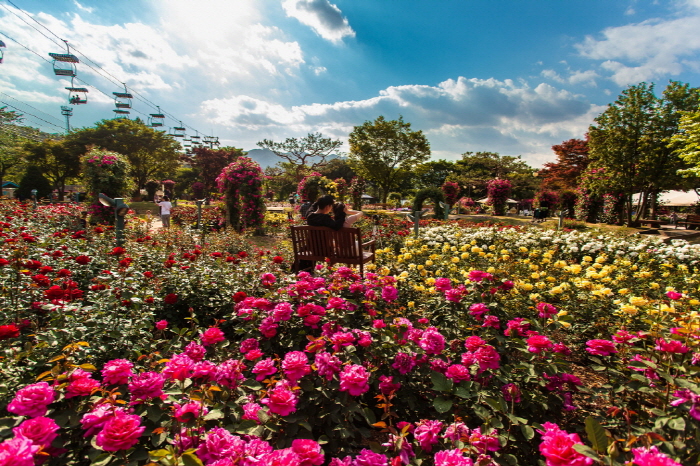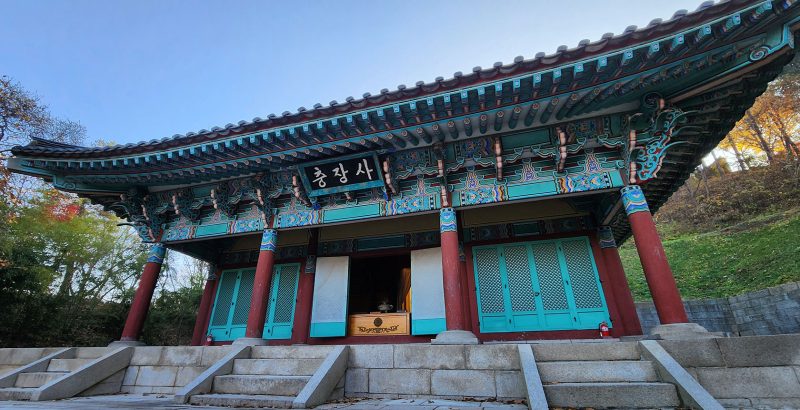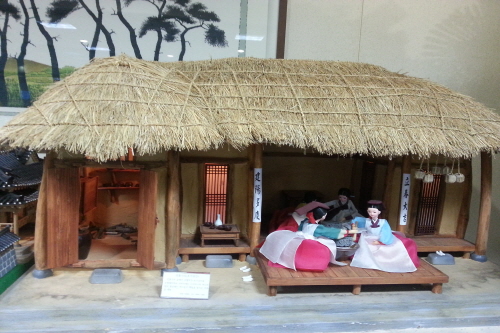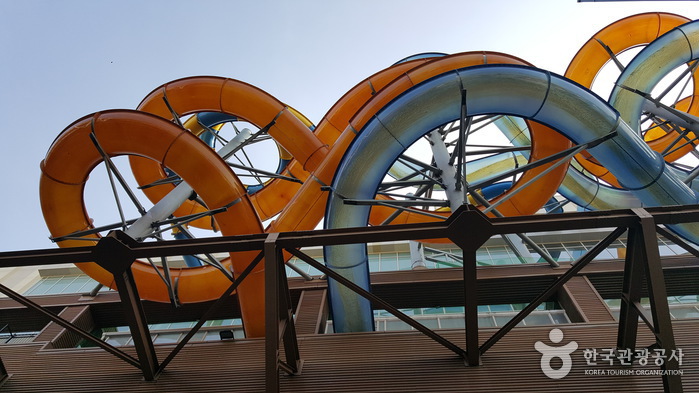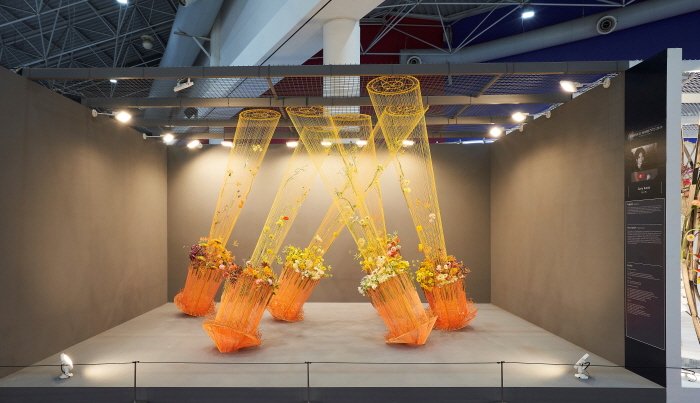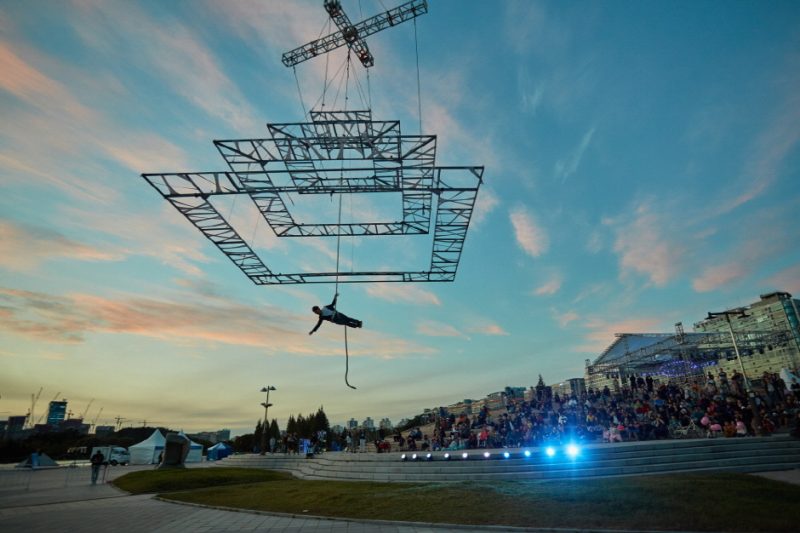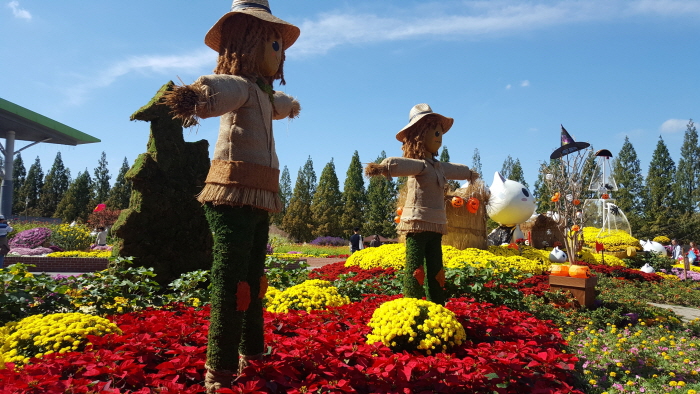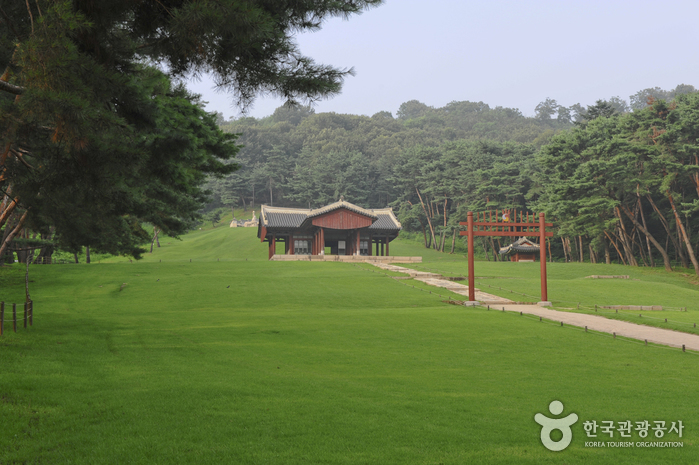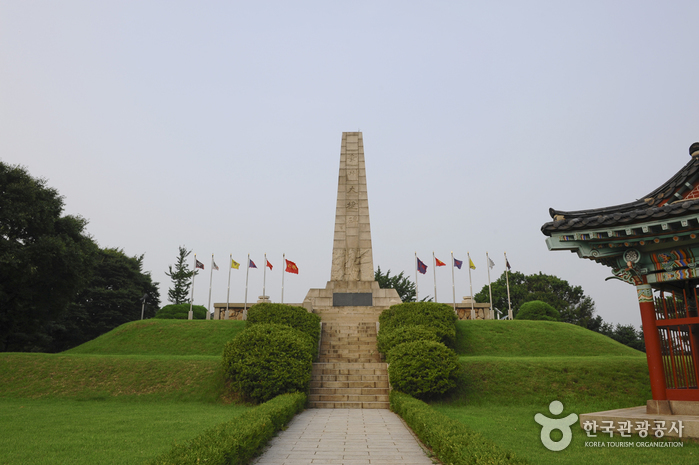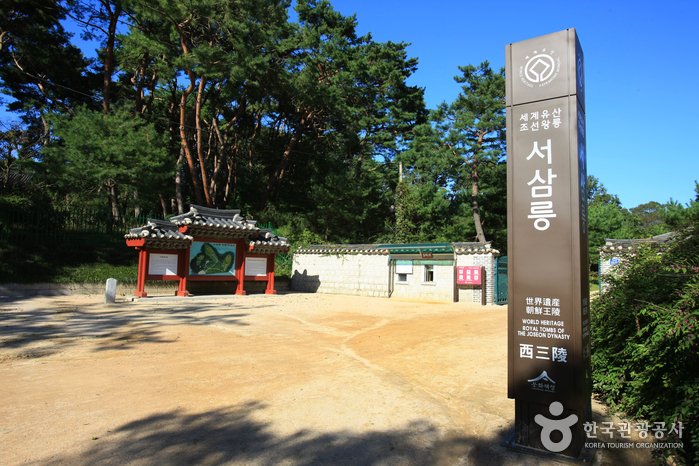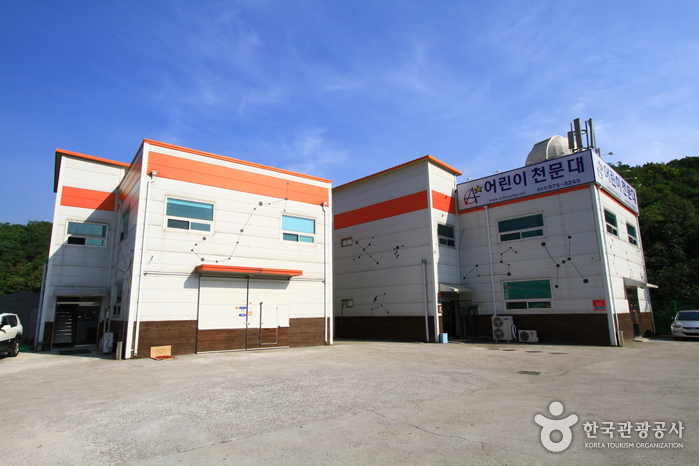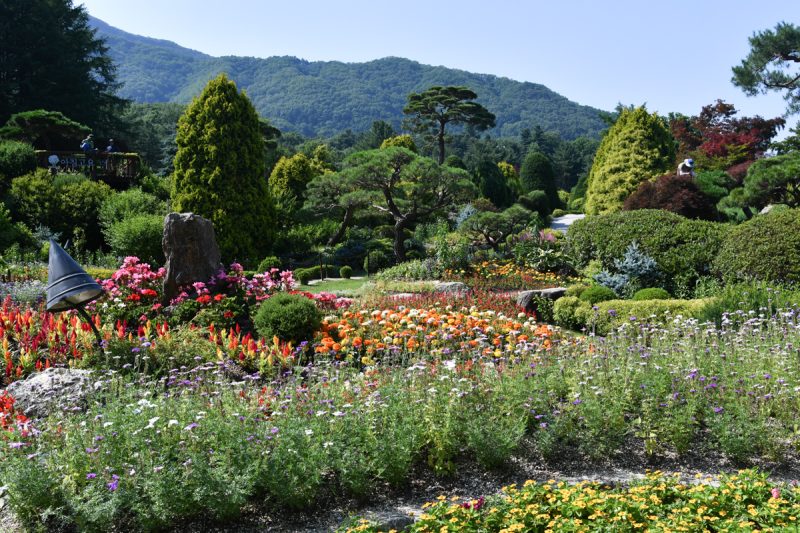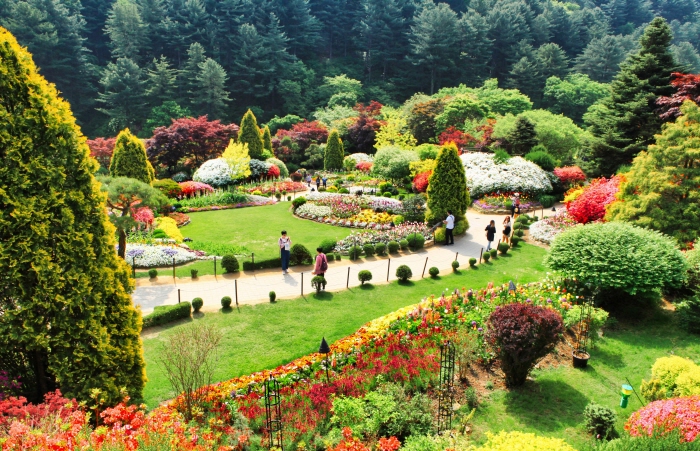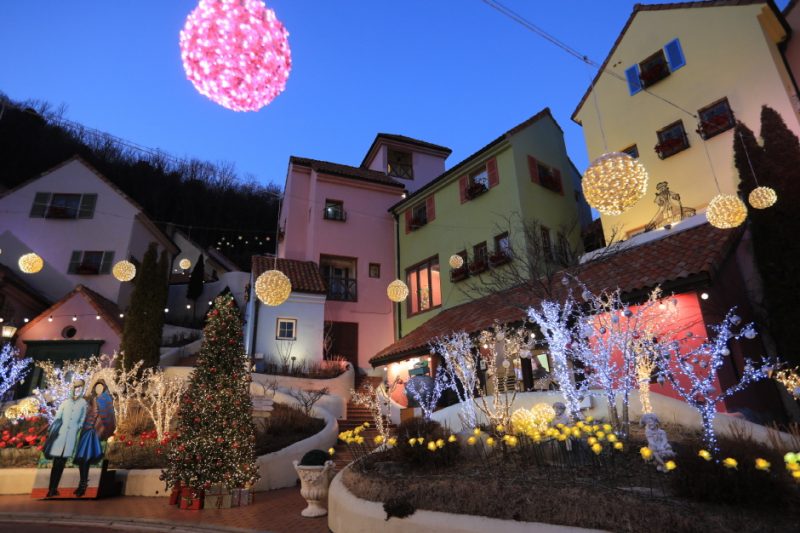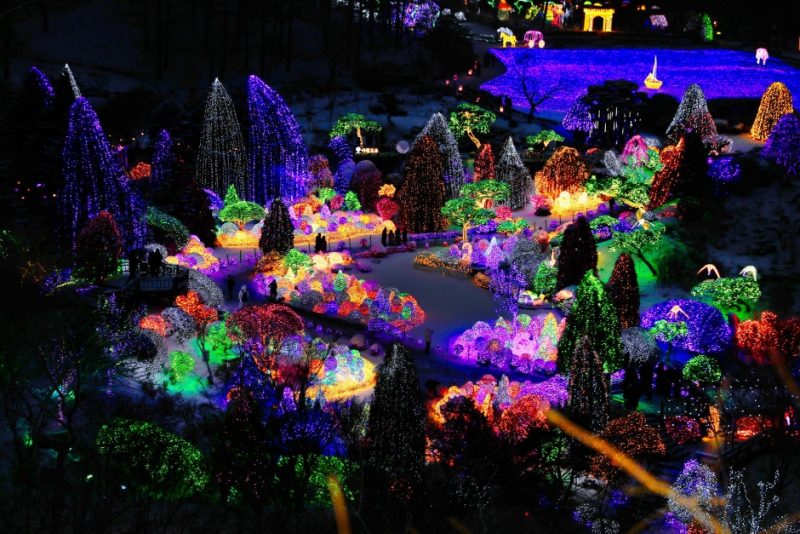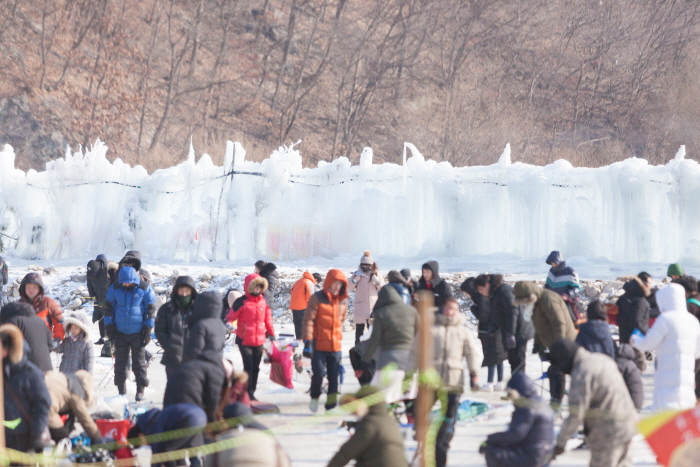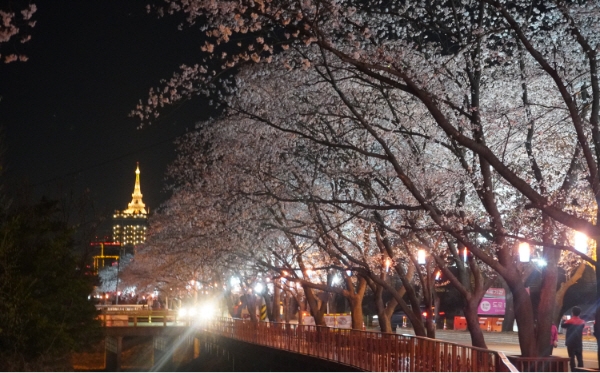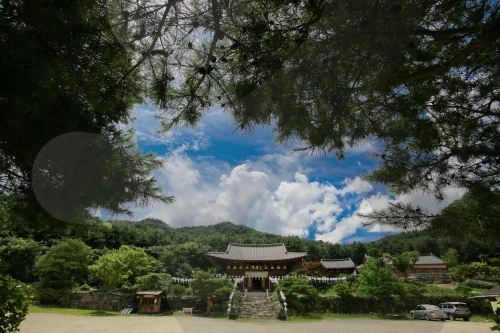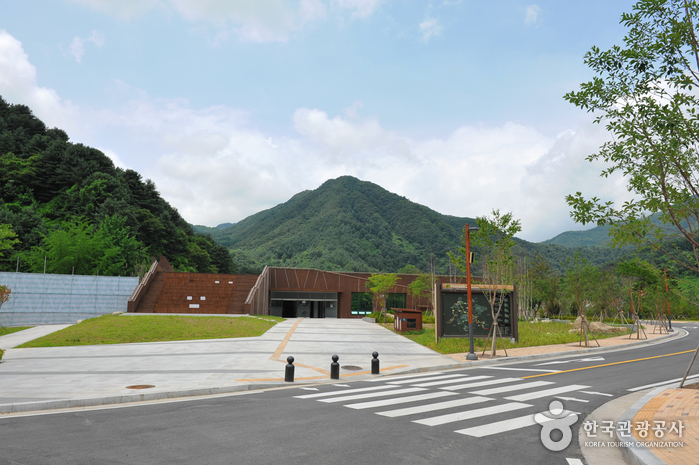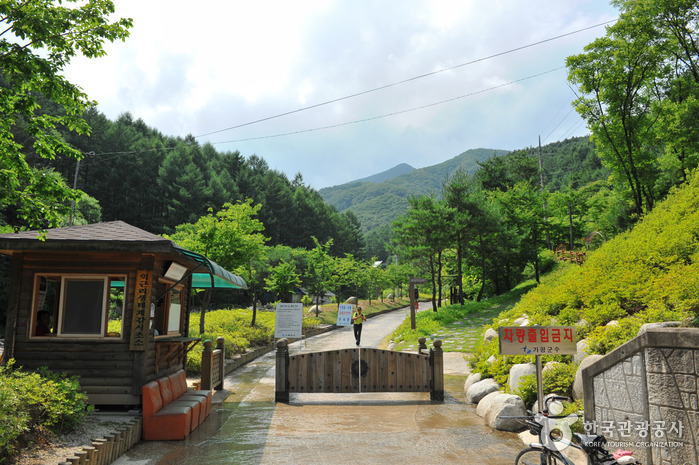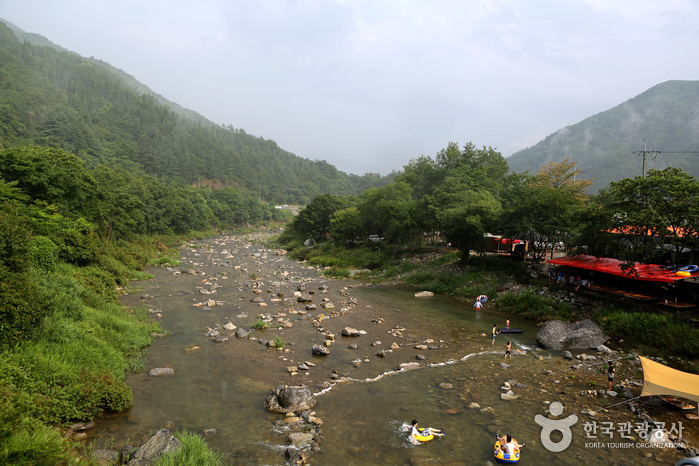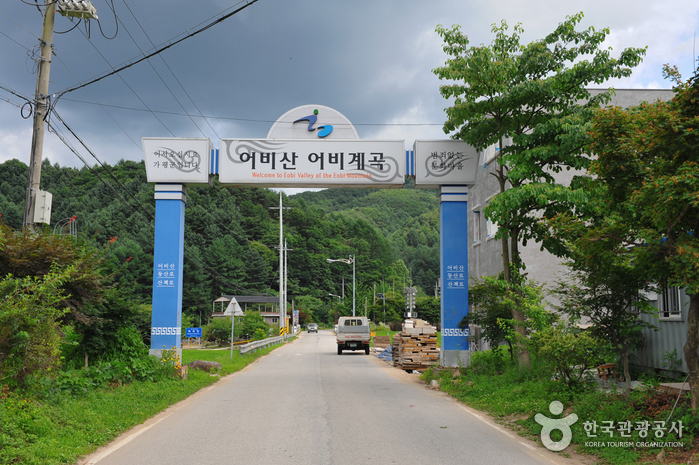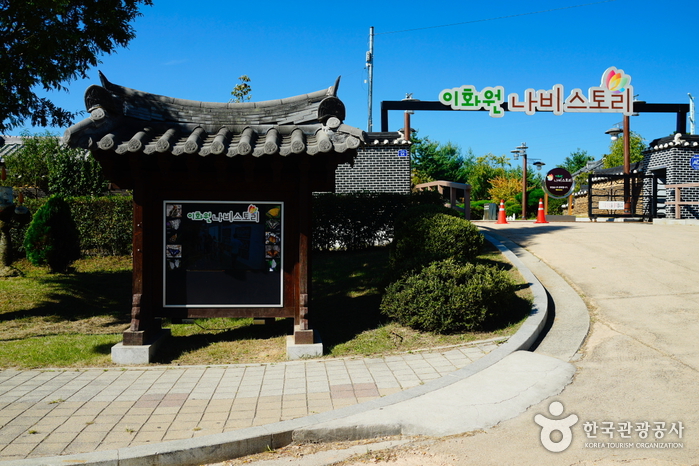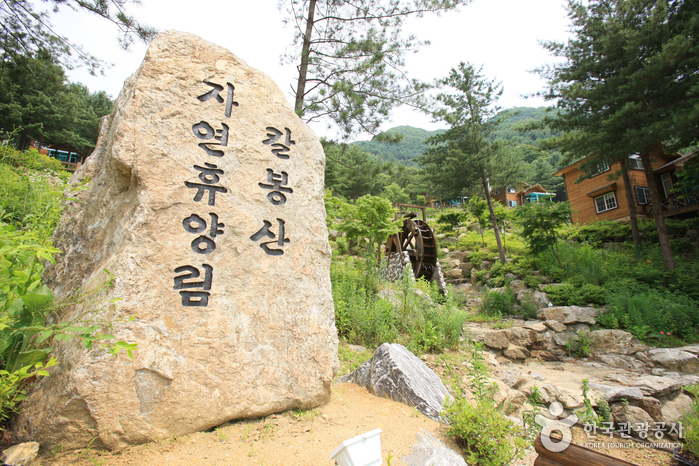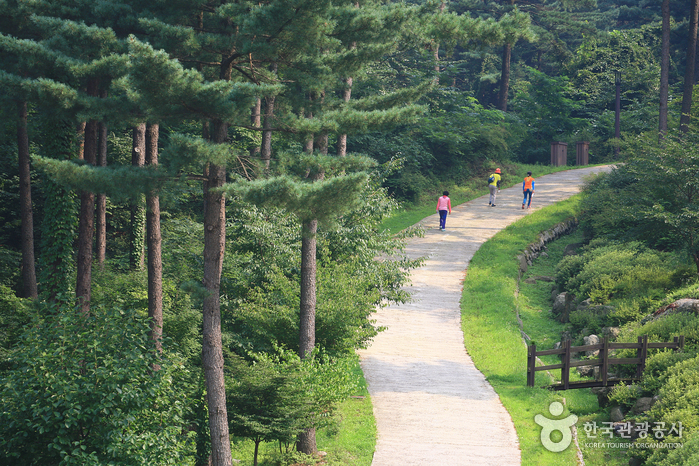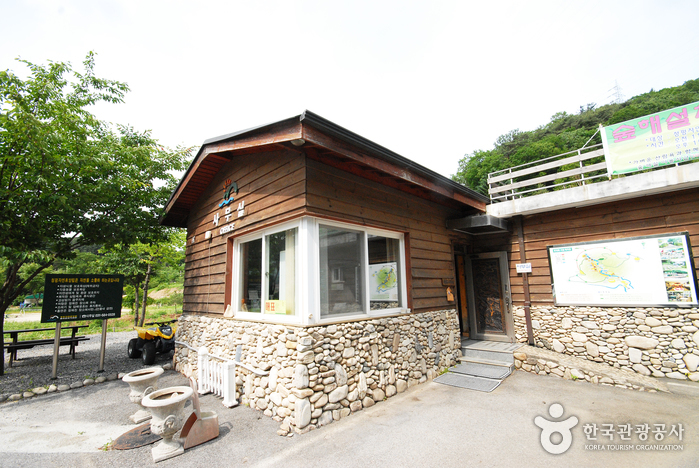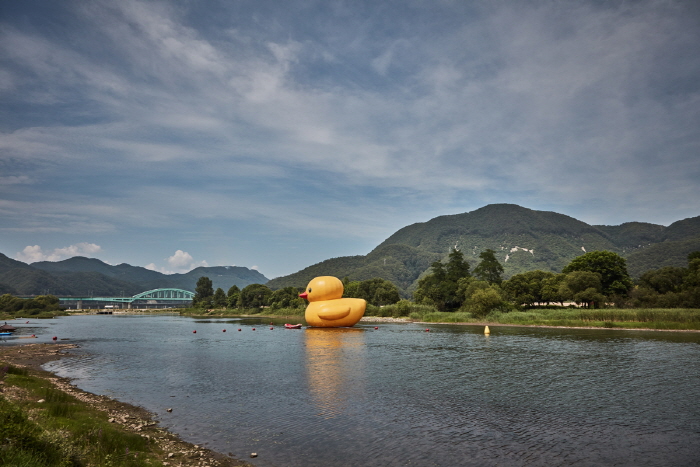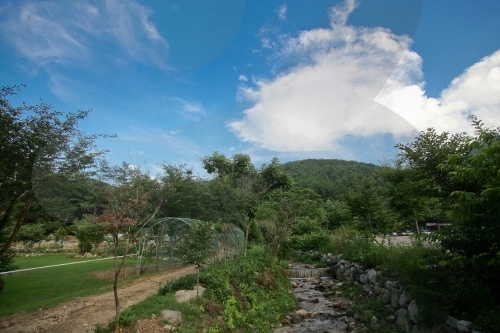Where Tradition Meets Modernity
Located in the central-western region of South Korea, Gyeonggi-do is a province that borders North Korea’s Kaesong and Hwanghae Province to the north, Gangwon-do to the east, the West Sea to the west, and Chungcheongnam-do to the south. Spanning coordinates 127°51′ to 126°22′ East longitude and 36°53′ to 38°17′ North latitude, Gyeonggi-do covers an area of 11,724 square kilometers and has a population of 12.52 million as of 2015. The province is divided into 28 cities and 3 counties, with the provincial government located in Suwon’s Yeongtong-gu and a northern office.
Why Visit Gyeonggi-do
Gyeonggi-do offers a captivating blend of historical and cultural treasures, natural beauty, and modern attractions. With 760 designated cultural assets, including 21 national treasures, 149 treasures, 56 historical sites, 13 natural monuments, 8 important intangible cultural heritage, and 8 important folklore materials, the province is a treasure trove of heritage and history. Each region boasts its own cultural riches, with Yongin having 128 cultural assets, followed by Anseong with 60, Yeoju with 57, Paju with 46, and Namyangju with 41.
The province’s name, Gyeonggi-do, translates to “the area surrounding the capital during the Joseon Dynasty.” As such, Gyeonggi-do is home to numerous royal tombs, fortresses, and relics associated with the capital. Notable fortresses include Bukhansanseong, Namhansanseong, Hwaseong Fortress in Suwon, and Munsu, Jukju, and Dolsan Fortresses in Gimpo. Suwon Hwaseong Fortress, in particular, showcases the architectural excellence of the late Joseon Dynasty and features gates, pavilions, arrow towers, and observation towers that are significant historical landmarks.
The province is also renowned for its royal tombs, including Donggureung in Guri, Gwangneung in Pocheon, Hongneung and Sareung in Namyangju, Seooreung in Goyang, Yunggeonreung in Suwon, and Yeongneung in Yeoju. The area is dotted with temples such as Shinreksa and Bongseongsa, which are associated with these royal tombs, as well as Yongjusa, Chiljangsa, Yongmunsan, Manggalam, Sujongsa, Wongaksa, Yeonsuam, and more. Other historical sites include ancient temples like Godalsa Temple, Chungeungdong Site, and Yangjuso Site, as well as Confucian academies and pavilions such as Gwacheon Hyanggyo, Jawaun Confucian School in Paju, and Hwaseokjeong Pavilion. Prehistoric relics such as Jiseokmyo in Yeoncheon and Misari Prehistoric Site in Gwangju add to the province’s rich cultural tapestry.
Gyeonggi-do showcases traditional folklore through captivating performances like Jangseung and Sotdae in Gwangju, Byulsandaedaenori (pole-jumping play) in Yangju, and Namsadangnongak Play in Anseong. The regular markets, such as the Moranjang Market in Seongnam, offer an immersive cultural experience. The province is also known for its traditional craft industries, with pottery villages in Icheon and Yeoju, as well as the “Made-to-Fit” organic textile industry in Anseong. The Folk Village in Yongin beautifully recreates traditional Korean houses and folk customs.
Plan Your Visit
Gyeonggi-do boasts a wide range of cultural facilities that cater to diverse interests. Museums include the Gyeonggi Provincial Museum in Yongin, Masan Museum in Gwacheon, Railroad Museum in Uiwang, Korea Commercial Museum in Namsa-myeon, Yeojoo’s Buddhist Art Museum at Mok-A Museum, and the Sanrim Museum in Gwangneung. Additionally, universities such as Myongji University have their own museums, totaling 25 across the province.
Art enthusiasts can visit the Gwacheon National Museum of Modern and Contemporary Art, which showcases the flow of Korean modern and contemporary art. The Ho-Am Art Museum in Yongin features modern paintings, sculptures, and national treasures, while the Moran Museum of Art in Namyangju specializes in sculpture exhibitions. Other notable art venues include Haegang Ceramic, Sojeon, Hanul, Mokam, and Jangheung Art Halls, to name a few.
For performing arts, the National Film Studio in Namyangju is a must-visit. Gyeonggi-do is also home to the Gyeonggi Provincial Korean Traditional Music Orchestra and Dance Company, as well as symphony orchestras in Suwon and Bucheon, with 18 choirs and 9 musical ensembles. The province boasts 23 comprehensive performance halls, including the Gyeonggi Arts Center in Suwon, and the National Gugak Center.
Throughout the year, Gyeonggi-do hosts vibrant cultural festivals. The Hwahong Cultural Festival and Nampae Music Festival in Suwon are highly anticipated events. Industrial festivals include the Icheon and Yeoju Traditional Ceramic Festivals, Goyang Flower Exhibition, and Gyeonggi Folk Arts Competition.
As Gyeonggi-do is conveniently located near Seoul, it offers easy accessibility to the capital city and its surrounding metropolitan areas. The province is well-equipped with a wide range of tourist and leisure facilities. Visitors can explore historical and cultural sites, participate in artistic and cultural activities, and enjoy outdoor recreational facilities such as zoos, amusement parks, golf courses, ski resorts, and youth outdoor training centers. The region also offers various accommodation options, including hotels and condominiums.
Popular amusement park facilities include the Seoul Grand Park Zoo, Seoul Land, and Everland’s zoo and amusement park in Yongin. Outdoor sports facilities encompass 95 golf courses, five ski resorts, and sports venues like Jochung Stadium in Misari and Gwacheon Horse Racing Track. Moreover, Gyeonggi-do features 26 comprehensive sports stadiums, 112 youth training centers, and 52 indoor sports arenas.
Nature enthusiasts will find delight in the province’s natural attractions. National parks like Bukhansan and Namhansanseong, as well as scenic spots such as Dobongsan in Uijeongbu, Suyosan in Dongducheon, Baekun, Myeongseong, and Cheonggyesan in Pocheon, Yongmunsan in Yangpyeong, and Unak and Myeongjisang in Gapyeong, offer breathtaking landscapes with lush forests, valleys, and majestic peaks.
Rivers and lakes add to the province’s natural beauty, with attractions like Hantan River in Yeoncheon, Cheongpyeongho and Daeseongri in Bukhan River, and Sanjeongho and Pyeongtaekho. Onsen tourism sites, including Icheon, Paltan, Myeongdeok, and Sinbuk, provide an oasis of relaxation for visitors.
Gyeonggi-do’s tourism is not limited to foreigners and residents of Seoul. The province is frequented by both domestic and international tourists, with approximately 53.2 million domestic tourists, 2.28 million international tourists, and 4.66 million free tourists in 2008.
With a variety of cultural, historical, and natural attractions, as well as abundant leisure facilities, Gyeonggi-do offers a captivating experience that harmonizes tradition and modernity. Plan your visit to this remarkable province and immerse yourself in the captivating charms of Gyeonggi-do.

